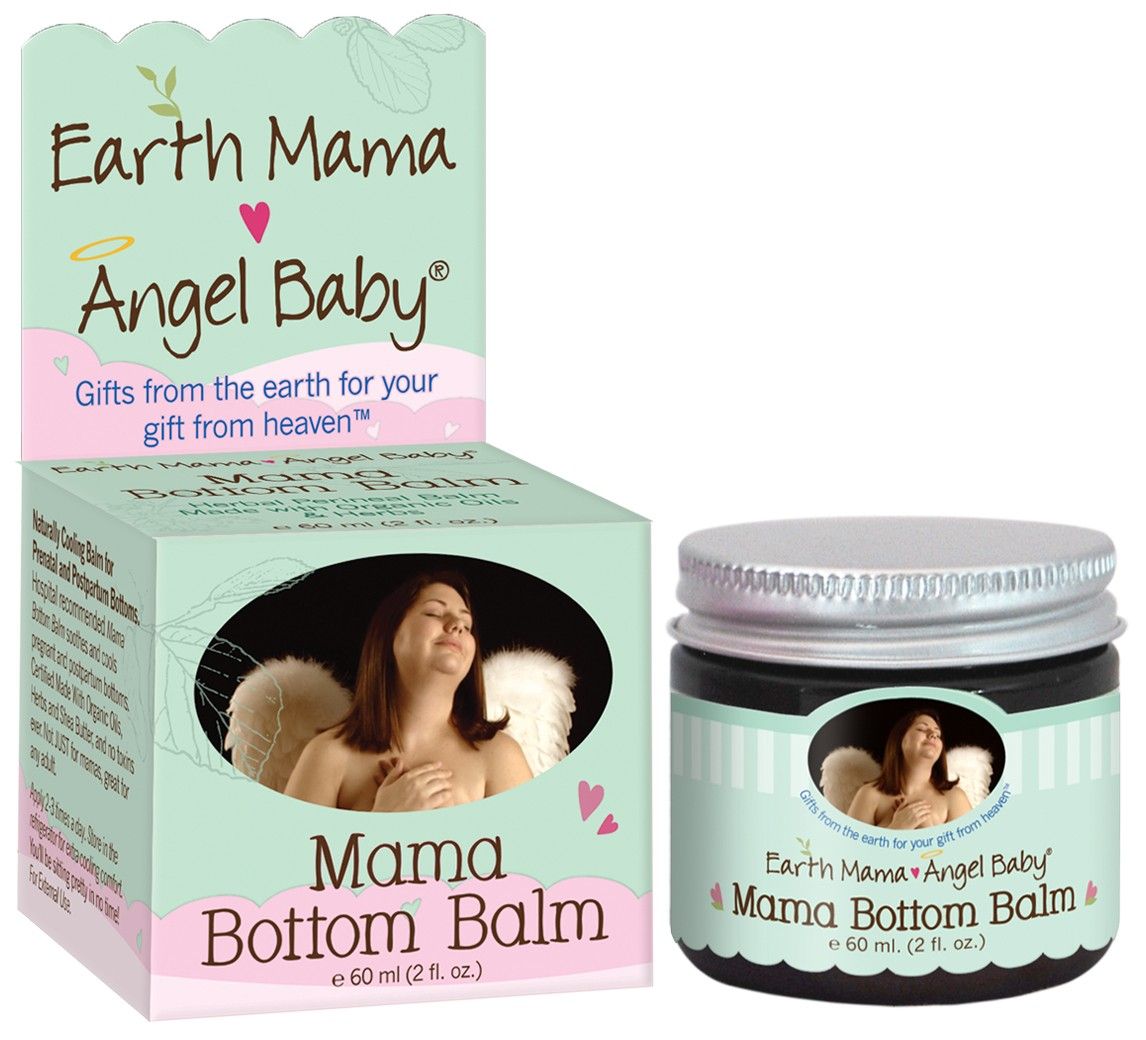Postnatal Perineal Care: Essential Guide for New Mothers
What is perineal care after childbirth. How to care for perineal tears or episiotomies. What are the different types of perineal tears. How are perineal tears repaired. What are the best practices for perineal wound care. How to manage discomfort from perineal injuries. When to seek medical attention for perineal concerns.
Understanding Perineal Tears and Episiotomies
Perineal tears and episiotomies are common occurrences during childbirth that affect the area between the vagina and anus. Understanding these injuries is crucial for proper postnatal care and recovery.
What is a perineal tear?
A perineal tear is a spontaneous injury that occurs during vaginal delivery. It can involve the skin, muscles, and tissues of the perineum, as well as the vaginal wall and labia. Approximately 90% of women experience some degree of tearing during childbirth.
What is an episiotomy?
An episiotomy is a surgical incision made in the perineum and vaginal wall to enlarge the vaginal opening during delivery. This procedure requires the mother’s consent and is performed by a doctor or midwife when deemed necessary.
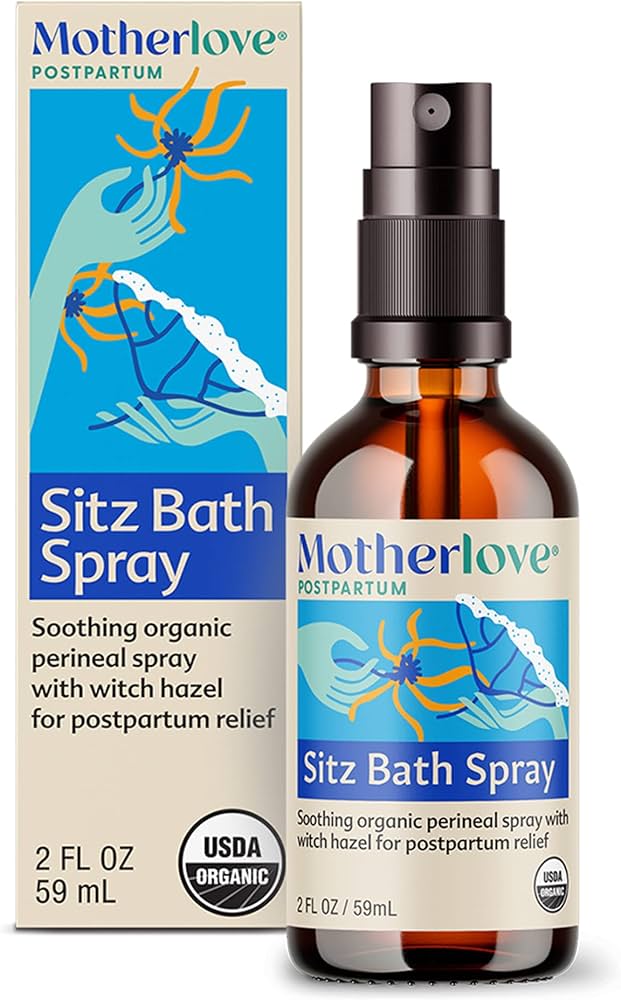
Types of Perineal Tears: A Comprehensive Overview
Perineal tears are classified into four degrees based on their severity and the tissues involved. Understanding these classifications helps healthcare providers determine the appropriate treatment and care.
- First-degree tear: Affects only the vaginal tissue and/or perineal skin
- Second-degree tear: Involves the vaginal tissue, perineal skin, and perineal muscles
- Third-degree tear: Extends through the vaginal tissue, perineal skin, and muscles, reaching the anal sphincter
- Fourth-degree tear: The most severe, involving all the above tissues plus the anal sphincter and rectal tissue
- Labial tear: Occurs in the lips of the vagina
Perineal Tear Repair: Procedures and Techniques
The repair of perineal tears depends on their severity and location. Healthcare providers use various techniques to ensure proper healing and minimize complications.
How are different degrees of tears repaired?
The repair process varies based on the degree of the tear:
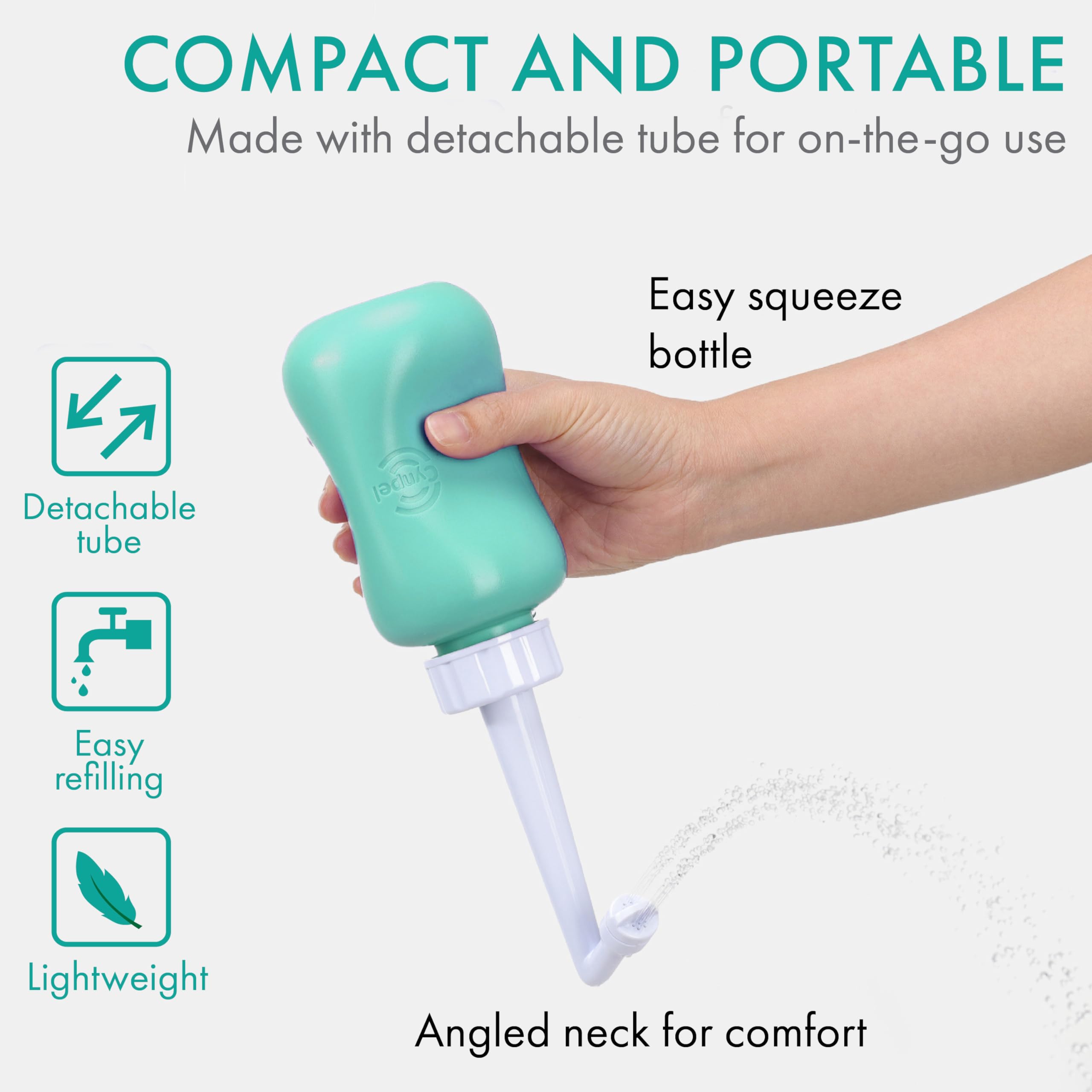
- First-degree tears may heal naturally or require minimal suturing
- Second-degree tears need suturing of both muscles and skin under local anesthesia
- Third and fourth-degree tears usually require repair in an operating room under spinal, epidural, or general anesthesia
- Episiotomies and labial tears are typically sutured under local anesthesia
All repairs use dissolvable sutures, which start to dissolve within 10-14 days and may take up to 6-12 weeks to fully disappear.
Essential Perineal Care: Best Practices for New Mothers
Proper perineal care is crucial for healing and preventing complications. Following these guidelines can help ensure a smooth recovery:
- Allow regular inspection of the tear/episiotomy by healthcare providers
- Avoid prolonged standing or sitting
- Wear breathable, cotton underwear and loose-fitting clothes
- Begin pelvic floor exercises as soon as possible to promote blood flow and healing
- Stay hydrated by drinking at least eight glasses of water daily
- Find comfortable positions for breastfeeding, such as side-lying
Managing Discomfort: Effective Pain Relief Strategies
Discomfort is common after perineal injury. These strategies can help alleviate pain and promote healing:
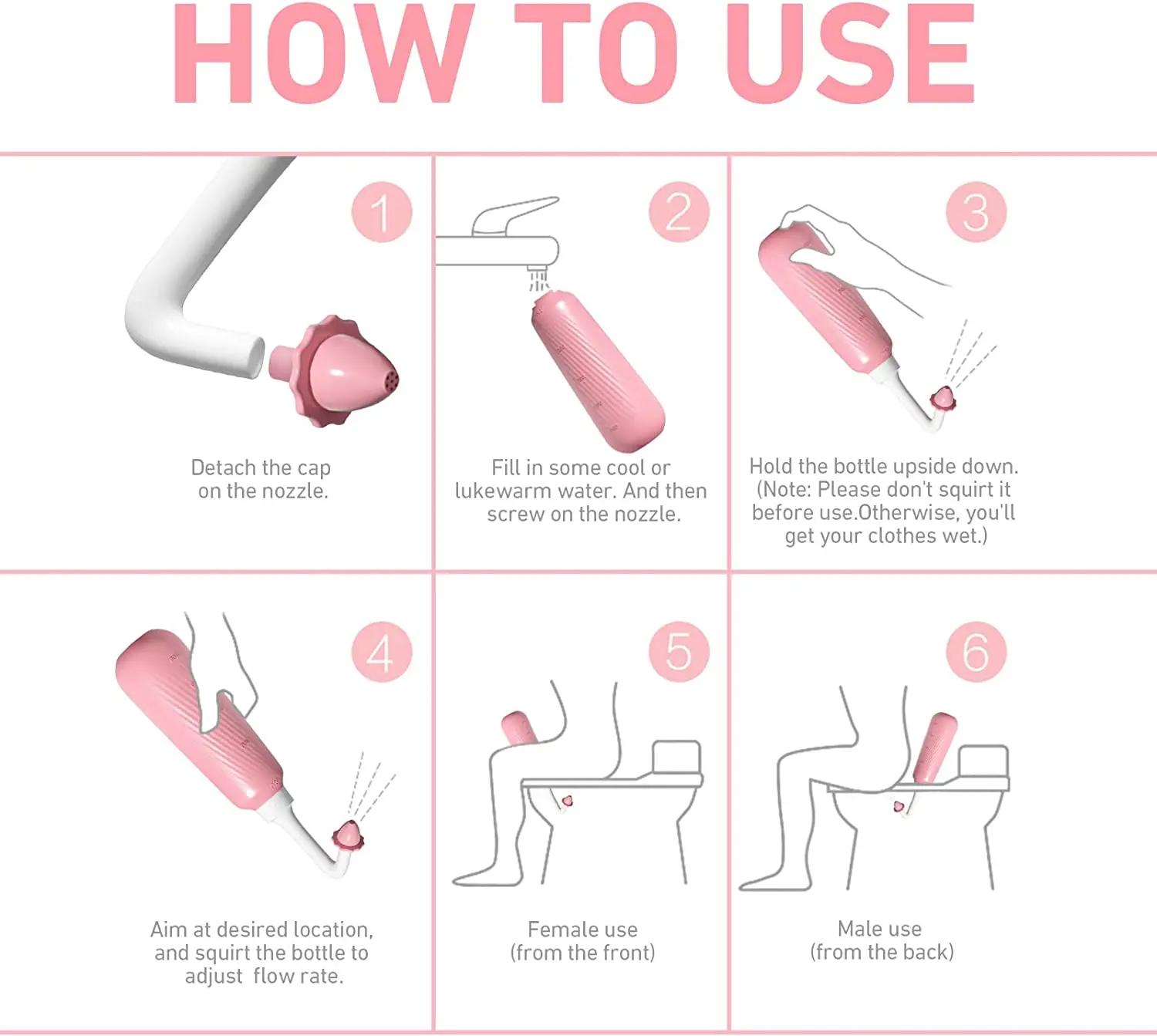
- Apply cold packs wrapped in cloth for 30 minutes at a time
- Take over-the-counter pain relief medication as needed (e.g., paracetamol, ibuprofen)
- Use warm water to rinse the perineal area during and after urination
- Try a sitz bath or perineal spray for soothing relief
Are pain relief medications safe while breastfeeding?
Paracetamol and ibuprofen are generally considered safe for breastfeeding mothers when taken as directed. Always consult with your healthcare provider before taking any medication.
Maintaining Proper Hygiene: Key to Preventing Infections
Keeping the perineal area clean is essential for preventing infections and promoting healing. Follow these hygiene practices:
- Wash hands thoroughly before and after using the toilet or changing sanitary pads
- Cleanse the perineal area from front to back after urination or bowel movements
- Change sanitary pads frequently, at least every 4-6 hours
- Avoid using tampons or menstrual cups until cleared by your healthcare provider
- Pat the area dry gently after washing or bathing
Recognizing Warning Signs: When to Seek Medical Attention
While some discomfort is normal during the healing process, certain symptoms may indicate complications. Contact your healthcare provider if you experience:
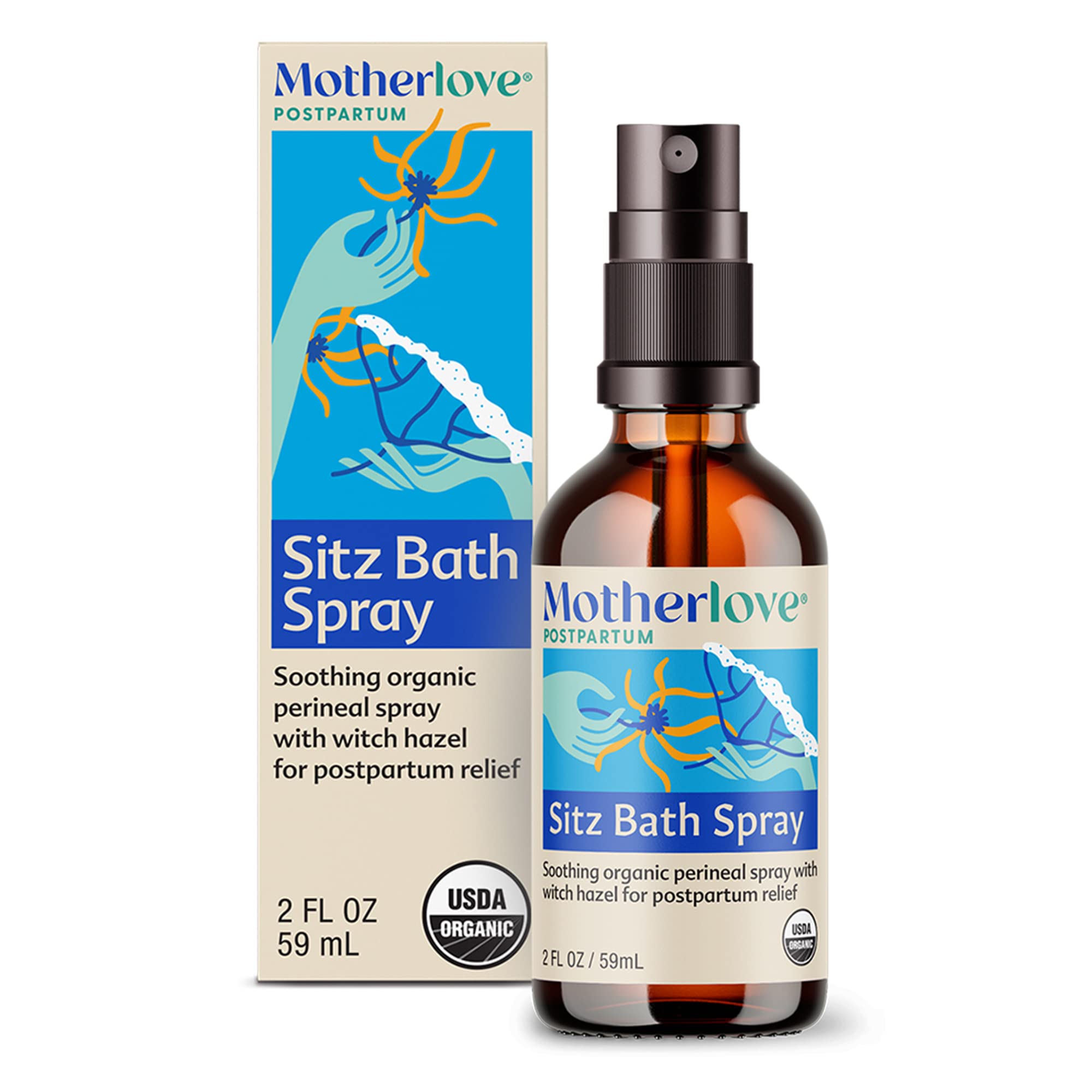
- Increased pain or swelling in the perineal area
- Foul-smelling discharge
- Fever or chills
- Difficulty controlling bowel movements or passing gas
- Reopening of the wound
- Persistent bleeding beyond the normal postpartum period
Long-term Recovery: Pelvic Floor Health and Beyond
Proper care of perineal injuries extends beyond the immediate postpartum period. Consider these factors for long-term recovery:
How important are pelvic floor exercises?
Pelvic floor exercises, also known as Kegel exercises, are crucial for restoring strength and function to the pelvic muscles. They can help prevent urinary incontinence, improve sexual function, and support overall pelvic health.
When can sexual activity resume?
Most healthcare providers recommend waiting at least 6 weeks after delivery before resuming sexual activity. This allows time for healing and reduces the risk of infection. Always consult your doctor or midwife for personalized advice.
What about future pregnancies?
Having experienced a perineal tear or episiotomy does not necessarily mean you will have the same experience in future pregnancies. Each delivery is unique, and many women who have had tears in previous births may have an intact perineum in subsequent deliveries.
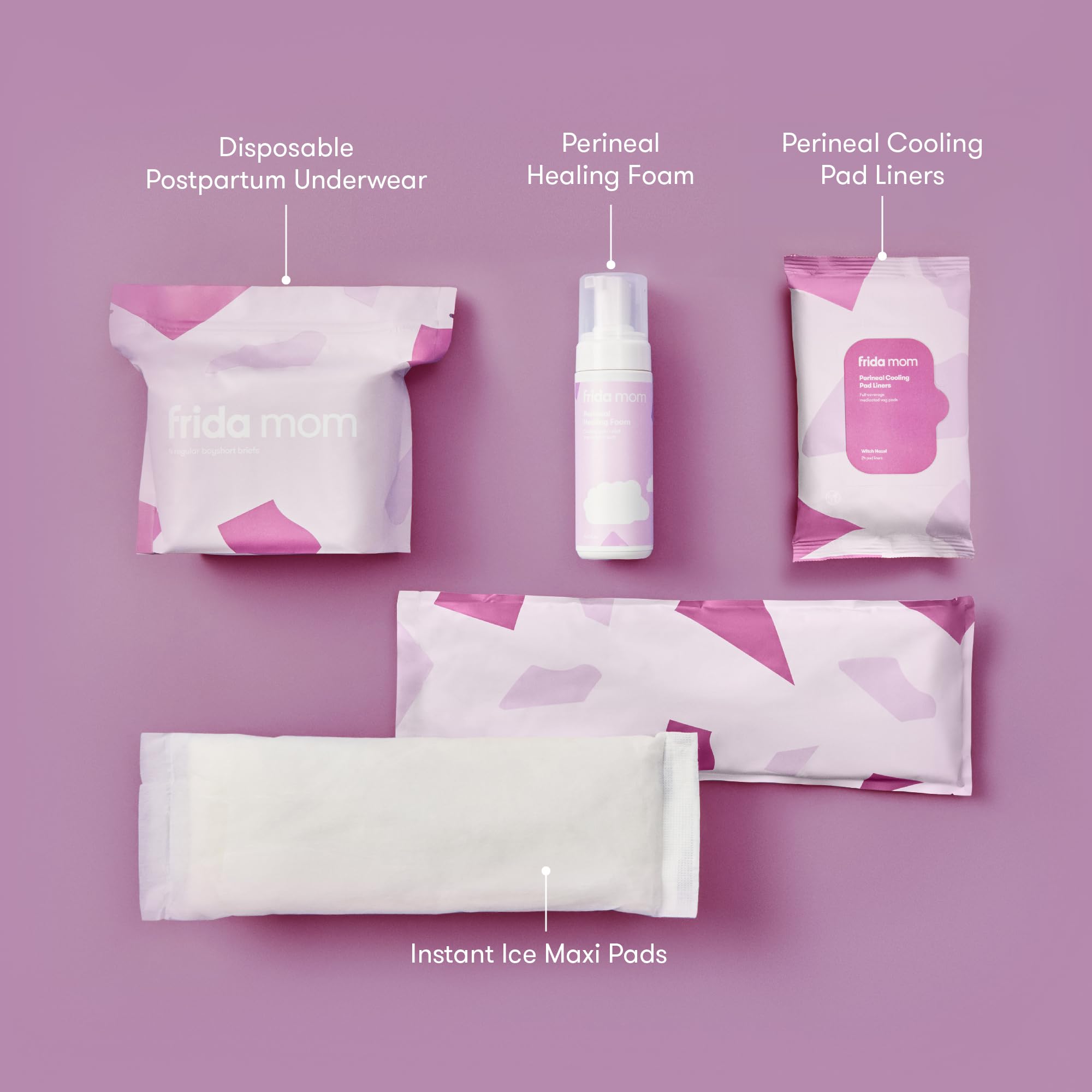
Postnatal perineal care is a crucial aspect of recovery after childbirth. By understanding the types of perineal injuries, following proper care guidelines, and staying attentive to potential complications, new mothers can promote healing and ensure a smoother transition into postpartum life. Remember that every woman’s experience is unique, and it’s essential to maintain open communication with your healthcare provider throughout the recovery process.
As you navigate this new phase of motherhood, be patient with your body and don’t hesitate to seek support when needed. With proper care and attention, most perineal injuries heal well, allowing you to focus on bonding with your newborn and adjusting to life as a new mother.
Care Of Your Perineum After The Birth Of Your Baby
- Reference Number: HEY-489/2023
- Departments: Maternity Services
- Last Updated: 25 January 2023
You can translate this page by using the headphones button (bottom left) and then select the globe to change the language of the page. Need some help choosing a language? Please refer to Browsealoud Supported Voices and Languages.
Introduction
This leaflet has been produced to give you general information about your perineal tear. Most of your questions should be answered by this leaflet. It is not intended to replace the discussion between you and your doctor or midwife, but may act as a starting point for discussion. If after reading it you have any concerns or require further explanation, please discuss this with a member of your healthcare team caring for you.
What is a perineal tear or episiotomy?
As your baby is being delivered a tear can occur. A tear involves the skin and muscle of the perineum which is the area between your vagina and back passage (anus). A tear can also occur inside your vagina and in the labia (lips of the vagina).
A tear involves the skin and muscle of the perineum which is the area between your vagina and back passage (anus). A tear can also occur inside your vagina and in the labia (lips of the vagina).
An episiotomy is a cut made through the vagina wall and the perineum to allow more space for delivery of your baby. Before the procedure can take place a doctor or midwife will talk you through the procedure and they will need to gain your permission to undertake the procedure (gain your consent).
Why do I have a tear or episiotomy?
As the baby is born it stretches the skin and muscle on the inside and outside of the vagina, and it is common for women to sustain a tear at this time during the birth (9 women in 10 will have some type of tear).
How will I find out if I have a tear?
After the birth of your baby the doctor or midwife will check to see if you have a tear, or look at the episiotomy. They will then let you know what type of tear it is (see below) and if it needs suturing (requires stitches) or not.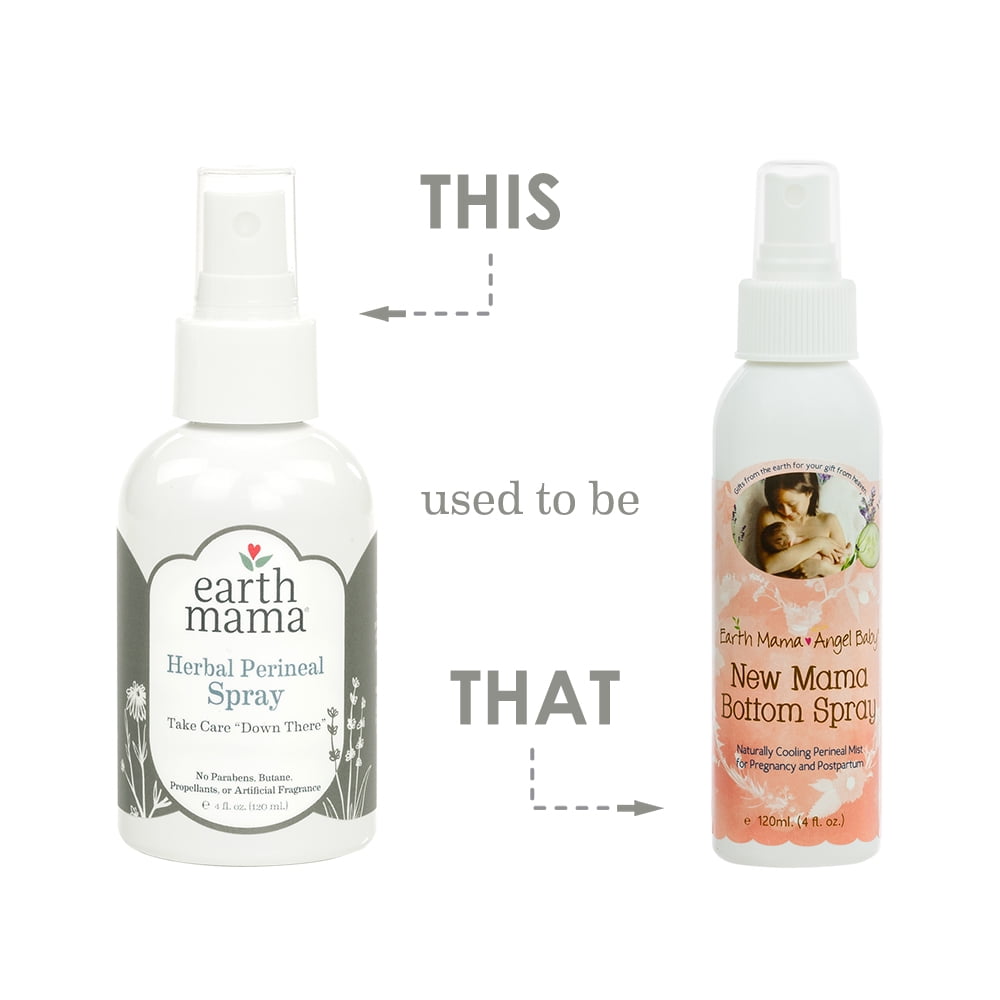 This will prevent bleeding and help you heal properly. The doctor or midwife will discuss this with you.
This will prevent bleeding and help you heal properly. The doctor or midwife will discuss this with you.
There are different types of perineal tears (we refer to them as degrees):
- First degree: A superficial tear of just the vaginal tissue and/or perineal skin.
- Second degree: Involves the vaginal tissue, perineal skin and perineal muscles.
- Third degree: A tear in the vaginal tissue, perineal skin, and perineal muscles that extends into the anal sphincter (the muscle that surrounds the anus).
- Fourth-degree: Tear goes through the anal sphincter and the tissue underneath it (anus/rectum – the lowermost part of the bowel).
- Labial Tears: Tear in the lips of the vagina.
How is the tear repaired?
This usually takes place in the room where you gave birth or in theatre.
- An episiotomy requires suturing (stitching).
- A first degree tear may require suturing or may be left to heal naturally.

- Labia tear may require suturing under the effect of a local anaesthetic.
- A second degree tear requires suturing of the muscles and the skin under a local anaesthetic.
- Third and fourth degree tears are usually repaired in theatre under a more effective anaesthetic such as spinal, epidural or general anaesthetic to prevent bleeding and help you heal properly.
All of the above will be repaired with dissolvable sutures so they do not need to be removed. They start to dissolve in 10 -14 days as the perineum should have healed by this time. Some sutures can take up to 6 -12 weeks to completely dissolve.
Care for your wound or painful perineum?
The staff will ask to inspect your tear / episiotomy on the ward, and when you return home. We would strongly advise that you consent to this review, as the Midwife will look for signs of healing or infection.
Below are some important points to remember:
- Avoid standing or sitting for long periods.

- Wear breathable materials, like cotton and disposable briefs, and avoid tight clothing.
- Begin doing your pelvic floor exercises as soon as you can after the birth this will increase the blood supply and help with healing.
- Drink plenty of water at least eight glasses a day, to dilute your urine.
- Ensure you are comfortable when sitting to feed your baby, you may find it more comfortable feeding on your side.
To help with discomfort:
- You can use cold/ice packs. Do not apply directly onto the skin always wrap in a cloth/flannel and apply for 30 minutes every so often throughout the first few days.
- Take regular pain relief medication for the first two to three days if required. Paracetamol and ibuprofen are both safe while breast feeding but make sure you read and understand the label.
- You may find it helpful to pour body temperature warm water over your perineum during and after passing urine, to help reduce the stinging or use a shower head or bidet.

It is important to keep this area clean:
- Wash your hands before as well as after using the toilet.
- Wash your perineum after every visit to the toilet.
- Just pat/wipe the area dry with toilet paper. Always wipe, front to back to avoid contamination from your back passage.
- Change your sanitary towel regularly, at least every four hours. Ensure it is secured in place so it does not move around and cause further irritation.
- Use plain water to clean this area, you can have a bath or shower as usual and you may find this soothing. You do not need to add anything special to your bath to help with healing.
Having your bowels open:
- When having your bowels open hold a clean sanitary towel against your perineum/stiches to protect them and to stop you feeling that your stiches will split.
- To avoid putting strain on your wound, eat a high fibre diet (fruit, vegetables and brown bread) and remember to drink plenty of water.

- If you are unable to open your bowels obtain some medicine to soften your stools.
Can there be any complications or risks?
If you have any of the following, speak to a health care professional:
- If you start to feel unwell or have a temperature.
- You have a smelly discharge.
- Your stitches are coming apart and the tear is not healing.
- The area starts to throb or starts to swell.
- You have problems controlling your urine or you can not control your back passage.
When can I have sex?
It is best to resume sex after your stiches have healed and your bleeding has stopped but there is no right or wrong time. For some people it is within a few weeks but for others it can be when they feel ready.
Things to think about:
- Do not forget you can become pregnant the first time you have sex after the birth of your baby, it is advised you use contraception.
- Make sure you talk to your partner about resuming sex and when you start, start gently.

- You may find it helpful to use a lubricating jelly.
- You may feel some discomfort for the first few times whether you had stitches or not.
- It will feel different following the birth of a baby.
- Different positions may make it more comfortable.
- If the pain continues discuss this with your doctor.
Should you require further advice on the issues contained in this leaflet, please do not hesitate to contact the Community Midwives on
telephone number: (01482) 382658.
General Advice and Consent
Most of your questions should have been answered by this leaflet, but remember that this is only a starting point for discussion with the healthcare team.
Consent to treatment
Before any doctor, nurse or therapist examines or treats you, they must seek your consent or permission. In order to make a decision, you need to have information from health professionals about the treatment or investigation which is being offered to you.
You should always ask them more questions if you do not understand or if you want more information.
The information you receive should be about your condition, the alternatives available to you, and whether it carries risks as well as the benefits. What is important is that your consent is genuine or valid. That means:
- you must be able to give your consent
- you must be given enough information to enable you to make a decision
- you must be acting under your own free will and not under the strong influence of another person
Information about you
We collect and use your information to provide you with care and treatment. As part of your care, information about you will be shared between members of a healthcare team, some of whom you may not meet. Your information may also be used to help train staff, to check the quality of our care, to manage and plan the health service, and to help with research. Wherever possible we use anonymous data.
We may pass on relevant information to other health organisations that provide you with care. All information is treated as strictly confidential and is not given to anyone who does not need it. If you have any concerns please ask your doctor, or the person caring for you.
Under the General Data Protection Regulation and the Data Protection Act 2018 we are responsible for maintaining the confidentiality of any information we hold about you. For further information visit the following page: Confidential Information about You.
If you or your carer needs information about your health and wellbeing and about your care and treatment in a different format, such as large print, braille or audio, due to disability, impairment or sensory loss, please advise a member of staff and this can be arranged.
Perineal care – PMC
1. Fernando RJ, Williams AA, Adams EJ; Royal College of Obstetricians and Gynaecologists . The management of third and fourth degree perineal tears. RCOG Green top Guidelines No 29. 2007. Available at https://www.rcog.org.uk/en/guidelines-research-services/guidelines/gtg29/ (last accessed 16 September 2014). [Google Scholar]
RCOG Green top Guidelines No 29. 2007. Available at https://www.rcog.org.uk/en/guidelines-research-services/guidelines/gtg29/ (last accessed 16 September 2014). [Google Scholar]
2. McCandlish R, Bowler U, van Asten H, et al. A randomised controlled trial of care of the perineum during second stage of normal labour. Br J Obstet Gynaecol 1998;105:1262–1272.
[PubMed] [Google Scholar]
3. Sleep J, Grant A, Garcia J, et al. West Berkshire perineal management trial. BMJ 1984;289:587–590.
[PMC free article] [PubMed] [Google Scholar]
4. Health and Social Care Information Centre. Hospital Episode Statistics–NHS maternity statistics, England: 2012–2013. December 2013. Available at http://www.hscic.gov.uk/catalogue/PUB12744 (last accessed 16 September 2014). [Google Scholar]
5. Graves EJ, Kozak LJ. National hospital discharge survey: annual summary, 1996. Vital Health Stat 1999;140:i–iv,1–46. [PubMed] [Google Scholar]
6. Audit Commission. First class delivery: improving maternity services in England and Wales. London: Audit Commission Publications, 1997. [Google Scholar]
London: Audit Commission Publications, 1997. [Google Scholar]
7. National Institute for Health and Welfare. Parturients, delivers and newborns. December 2012. Available at http://www.thl.fi/en/web/thlfi-en/statistics/information-on-statistics/quality-descriptions/parturients-delivers-and-newborns (last accessed 16 September 2014). [Google Scholar]
8. EURO PERISTAT. European perinatal health report: health and care of pregnant women and babies in Europe in 2010. 2010. Available at http://www.europeristat.com/reports.html (last accessed 16 September 2014). [Google Scholar]
9. Fenner DE, Genberg B, Brahma P, et al. Fecal and urinary incontinence after vaginal delivery with anal sphincter disruption in an obstetrics unit in the United States. Am J Obstet Gynecol 2003;189:1543–1549.
[PubMed] [Google Scholar]
10. Gurol-Urganci I, Cromwell DA, Edozien LC, et al. Third- and fourth-degree perineal tears among primiparous women in England between 2000 and 2012: time trends and risk factors.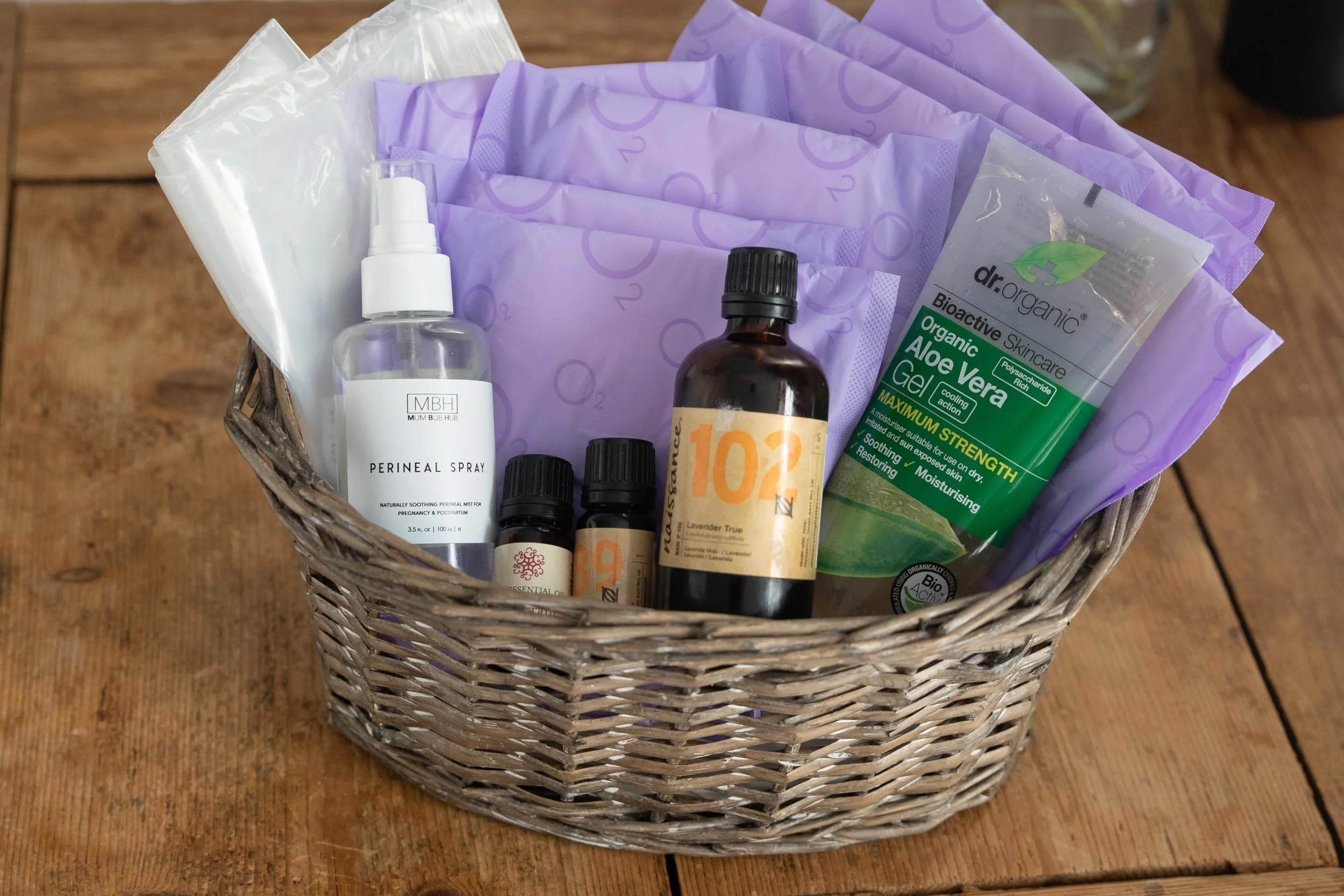 BJOG 2013;120:1516–1525.
BJOG 2013;120:1516–1525.
[PubMed] [Google Scholar]
11. Sultan AH, Kamm MA, Bartram CI, et al. Perineal damage at delivery. Contemp Rev Obstet Gynaecol 1994;6:18–24. [Google Scholar]
12. Dahlen HG, Priddis H, Thornton C. Severe perineal trauma is rising, but let us not overreact.
Midwifery 2015;31:1–8.
[PubMed] [Google Scholar]
13. Renfrew MJ, Hannah W, Albers L, et al. Practices that minimize trauma to the genital tract in childbirth: a systematic review of the literature. Birth 1998;25:143–160. Search date 1997.
[PubMed] [Google Scholar]
14. Glazener CMA, Abdalla M, Stroud P, et al. Postnatal maternal morbidity: extent, causes, prevention and treatment. Br J Obstet Gynaecol 1995;102:286–287.
[PubMed] [Google Scholar]
15. Sleep J, Grant A. Pelvic floor exercises in postnatal care. Midwifery 1987;3:158–164.
[PubMed] [Google Scholar]
16. Sultan AH, Kamm MA, Hudson CN. Anal sphincter disruption during vaginal delivery.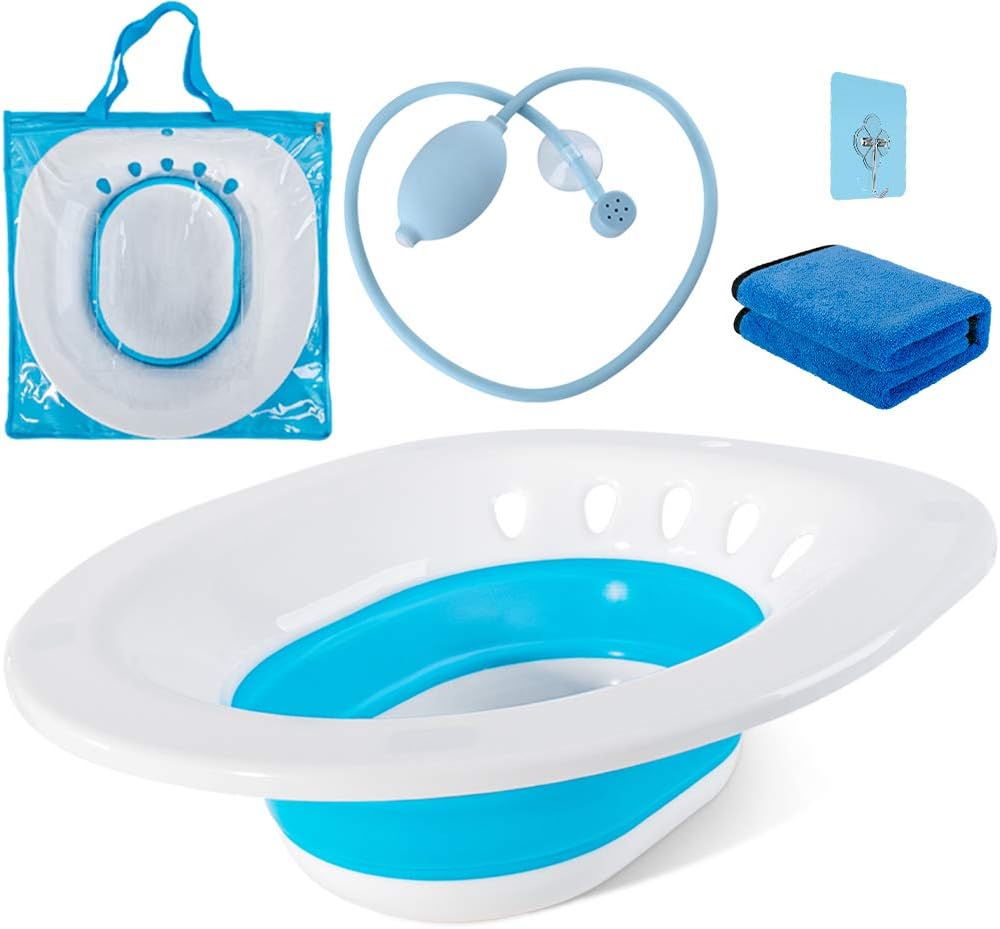 N Engl J Med 1993;329:1905–1911.
N Engl J Med 1993;329:1905–1911.
[PubMed] [Google Scholar]
17. Kettle C, Hills RK, Ismail KMK. Continuous versus interrupted sutures for repair of episiotomy or second degree tears. In: The Cochrane Library, Issue 10, 2013. Chichester, UK: John Wiley & Sons, Ltd. Search date 2012.
[PubMed] [Google Scholar]
18. Gordon B, Mackrodt C, Fern E, et al. The Ipswich Childbirth study: 1. A randomised evaluation of two stage after birth perineal repair leaving the skin unsutured. Br J Obstet Gynaecol 1998;105:435–440.
[PubMed] [Google Scholar]
19. Oboro VO, Tabowei TO, Loto OM, et al. A multicentre evaluation of the two-layer repair of after birth perineal trauma. J Obstet Gynaecol 2003;1:5–8. [PubMed] [Google Scholar]
20. Lundquist M, Olsson A, Nissen E, et al. Is it necessary to suture all lacerations after a vaginal delivery? Birth 2000;27:79–85.
[PubMed] [Google Scholar]
21. Fleming EM, Hagen S, Niven C. Does perineal suturing make a difference? The SUNS trial. BJOG 2003;110: 684–689.
BJOG 2003;110: 684–689.
[PubMed] [Google Scholar]
22. Kettle C, Dowswell T, Ismail KMK. Absorbable suture materials for primary repair of episiotomy and second degree tears. In: The Cochrane Library, Issue 10, 2013. Chichester, UK: John Wiley & Sons, Ltd. Search date 2010.
[PMC free article] [PubMed] [Google Scholar]
23. Kettle C, Johanson RB. Absorbable synthetic versus catgut suture material for perineal repair. In: The Cochrane Library, Issue 10, 2013. Chichester, UK: John Wiley & Sons, Ltd. Search date 1999.
[PMC free article] [PubMed] [Google Scholar]
24. Upton A, Roberts CL, Ryan M, et al. A randomised trial, conducted by midwives, of perineal repairs comparing a polyglycolic suture material and chromic catgut. Midwifery 2002;18:223–229.
[PubMed] [Google Scholar]
25. Mackrodt C, Gordon B, Fern E, et al. The Ipswich Childbirth study: 2. A randomised comparison of polyglactin 910 with chromic catgut for after birth perineal repair.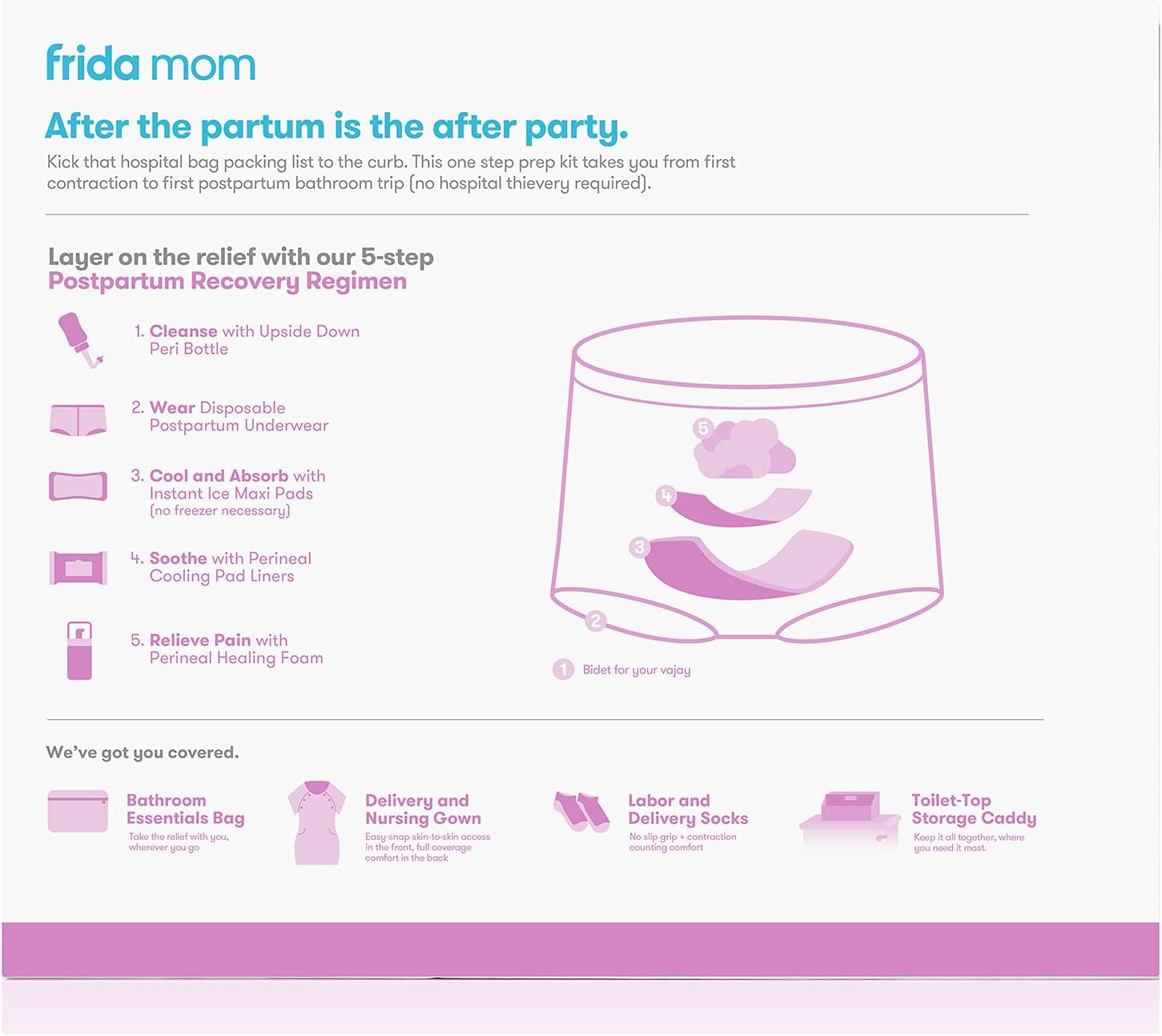 Br J Obstet Gynaecol 1998;105:441–445.
Br J Obstet Gynaecol 1998;105:441–445.
[PubMed] [Google Scholar]
26. Grant A, Gordon B, Mackrodt C, et al. The Ipswich Childbirth study: one year follow up of alternative methods used in perineal repair. BJOG 2001;108:34–40.
[PubMed] [Google Scholar]
27. Bharathi A, Reddy DB, Kote GS. A prospective randomized comparative study of vicryl rapide versus chromic catgut for episiotomy repair. J Clin Diagnostic Res 2013;7:326–330.
[PMC free article] [PubMed] [Google Scholar]
28. Leroux N, Bujold E. Impact of chromic catgut versus polyglactin 910 versus fast-absorbing polyglactin 910 sutures for perineal repair: a randomized, controlled trial. Am J Obstet Gynecol 2006;194:1585–1590.
[PubMed] [Google Scholar]
29. Iqbal R, Intsar A, Khursheed S, et al. Outcome of continuous versus interrupted method of episiotomy stitching. Pakistan J Med Health Sci 2012;6:759-762. [Google Scholar]
30. Kindberg S, Stehouwer M, Hvidman L, et al. Postpartum perineal repair performed by midwives: a randomised trial comparing two suture techniques leaving the skin unsutured. BJOG 2008;115:472–479.
Postpartum perineal repair performed by midwives: a randomised trial comparing two suture techniques leaving the skin unsutured. BJOG 2008;115:472–479.
[PubMed] [Google Scholar]
31. Valenzuela P, Saiz Puente MS, Valero JL, et al. Continuous versus interrupted sutures for repair of episiotomy or second-degree perineal tears: a randomised controlled trial. BJOG 2009;116:436–441.
[PubMed] [Google Scholar]
32. Fernando R, Sultan AH, Kettle C, et al. Methods of repair for obstetric anal sphincter injury. In: The Cochrane Library, Issue 10, 2013. Chichester, UK: John Wiley & Sons, Ltd. Search date 2006.
[Google Scholar]
33. Farrell SA, Flowerdew G, Gilmour D, et al. Overlapping compared with end-to-end repair of complete third-degree or fourth-degree obstetric tears: three-year follow-up of a randomized controlled trial. Obstet Gynecol 2012;120:803–808.
[PubMed] [Google Scholar]
34. Fitzpatrick M, Fynes M, Behan M, et al. A randomized clinical trial comparing primary overlap with approximation repair of third-degree obstetric tears. Am J Obstet Gynecol 2000;183:1220–1224.
Am J Obstet Gynecol 2000;183:1220–1224.
[PubMed] [Google Scholar]
35. Williams A, Adams EJ, Tincello DG, et al. How to repair an anal sphincter injury after vaginal delivery: results of a randomised controlled trial. BJOG 2006;113:201–207.
[PubMed] [Google Scholar]
Postpartum hygiene
Congratulations! You have become a mother!
The postpartum period is no less important and responsible stage in the life of a family than pregnancy.
The postpartum period lasts 6-8 weeks (begins after the birth of the placenta and ends when the organs and systems that have changed during pregnancy return to their original state).
In the process of healing the inner surface of the uterus, postpartum discharge appears – lochia, which is a wound secret. Their character during the postpartum period changes: in the first days, lochia has a bloody character; from the 4th day, their color changes to reddish-brown; by the 10th day they become light, liquid, without blood, and after 3 weeks there is practically no discharge. There may be discomfort due to uterine contractions. To relieve discomfort, bend forward and gently massage your belly. If discomfort in the uterine area occurs during feeding, try choosing a different position. It is convenient to feed lying on your side. The stomach may ache for another reason. It hurts the abdominal muscles that were actively involved during childbirth, try to relax or do a light massage.
There may be discomfort due to uterine contractions. To relieve discomfort, bend forward and gently massage your belly. If discomfort in the uterine area occurs during feeding, try choosing a different position. It is convenient to feed lying on your side. The stomach may ache for another reason. It hurts the abdominal muscles that were actively involved during childbirth, try to relax or do a light massage.
In most non-nursing women, menstruation occurs on the 6-8th week after childbirth, more often it comes without the release of an egg from the ovary. However, ovulation and pregnancy may occur during the first months after childbirth. In lactating women, the time of the onset of the first menstruation after childbirth can be delayed for many months.
The normal postpartum period is characterized by a good general condition of the woman, normal temperature, sufficient lactation. For the prevention of infectious complications, strict adherence to sanitary and epidemiological requirements and personal hygiene rules is important.
POSTPARTUM HYGIENE
The strictest cleanliness is essential.
- The mother should take a shower twice a day (morning and evening), then wash the mammary gland with soap and brush her teeth.
- Particular attention should be paid to the cleanliness of hands. Nails should be cut short, hands should be washed more often with soap and be sure before each feeding of the child (if the hands are dirty, you can infect the child, infect the nipples).
- Among the hygienic measures of particular importance in the postpartum period is the maintenance of cleanliness of the external genitalia and the surrounding skin.
- Should be washed with warm water and soap (liquid with a dispenser, because microbes feel great on lumps) with a fluid stream, washing the genitals should be from front to back (from the pubis to the anus) after each visit to the toilet at least 4-5 times a day (you need to go to the toilet exactly at such a frequency that the filled bladder does not interfere with uterine contraction).

Wash hands cleanly before washing. - Keep the pads clean, change them every 3-4 hours, regardless of fullness. Remove pads from front to back to prevent microorganisms from entering the vagina from the anus. If there are seams on the perineum, they should be washed thoroughly enough – you can simply direct a jet of water at it. After washing, you need to dry the perineum and the seam area by blotting the towel from front to back.
- Do not take a bath for the first 6 weeks after giving birth. This is due to the fact that the entrance to the vagina is not yet closed enough and pathogenic microbes can penetrate into it along with water. It is clear that at this time you can not swim in the pool, river, lake, sea.
- The use of tight underwear is strictly excluded, as it puts significant pressure on the perineum, which disrupts blood circulation, preventing healing.
- If there are stitches on the perineum, a woman should not sit down for 7-14 days (depending on the degree of damage).
 At the same time, you can sit on the toilet already on the first day after childbirth. By the way, about the toilet. Many women are afraid of severe pain and try to skip bowel movements, as a result, the load on the muscles of the perineum increases and the pain intensifies.
At the same time, you can sit on the toilet already on the first day after childbirth. By the way, about the toilet. Many women are afraid of severe pain and try to skip bowel movements, as a result, the load on the muscles of the perineum increases and the pain intensifies.
To avoid constipation after childbirth, do not eat foods that have a fixative effect. If the problem of constipation is not new to you, drink a tablespoon of vegetable oil before each meal. The stool will be soft and will not affect the healing process of the stitches.
- Underwear and bed linen must be cotton. We change underwear daily, bedding – at least once every three to five days.
- Stitches after caesarean section do not require special care. After the stitches and bandage are removed, you can take a shower. Do not scrub the seam area with a washcloth. With painful sensations in the anterior abdominal wall, a postpartum or postoperative bandage, which must be worn for 4 months, will help to cope.
 Young mothers are often interested in: will the seams come apart if you carry a baby in your arms? For the first 2-3 months after surgery, it is recommended to lift no more than your child’s weight.
Young mothers are often interested in: will the seams come apart if you carry a baby in your arms? For the first 2-3 months after surgery, it is recommended to lift no more than your child’s weight.
It happens that redness, irritation, bloody or purulent discharge occurs at the suture site. This indicates suppuration or divergence of the seams. Then you should immediately consult a doctor in a antenatal clinic.
Sexual life after childbirth can be resumed after 6-8 weeks. By this time, the woman’s body is already completely back to normal. Your doctor will advise you on contraceptives.
To fully recover from childbirth, at least two years must pass before the next pregnancy.
BREASTFEEDING
Feeding the baby should not go by the clock, but on demand, incl. at night time. At one feeding, put the baby on one breast so that he suckles for a long time and receives later milk, which contains brain and intelligence development factors, growth factors and immunoglobulins.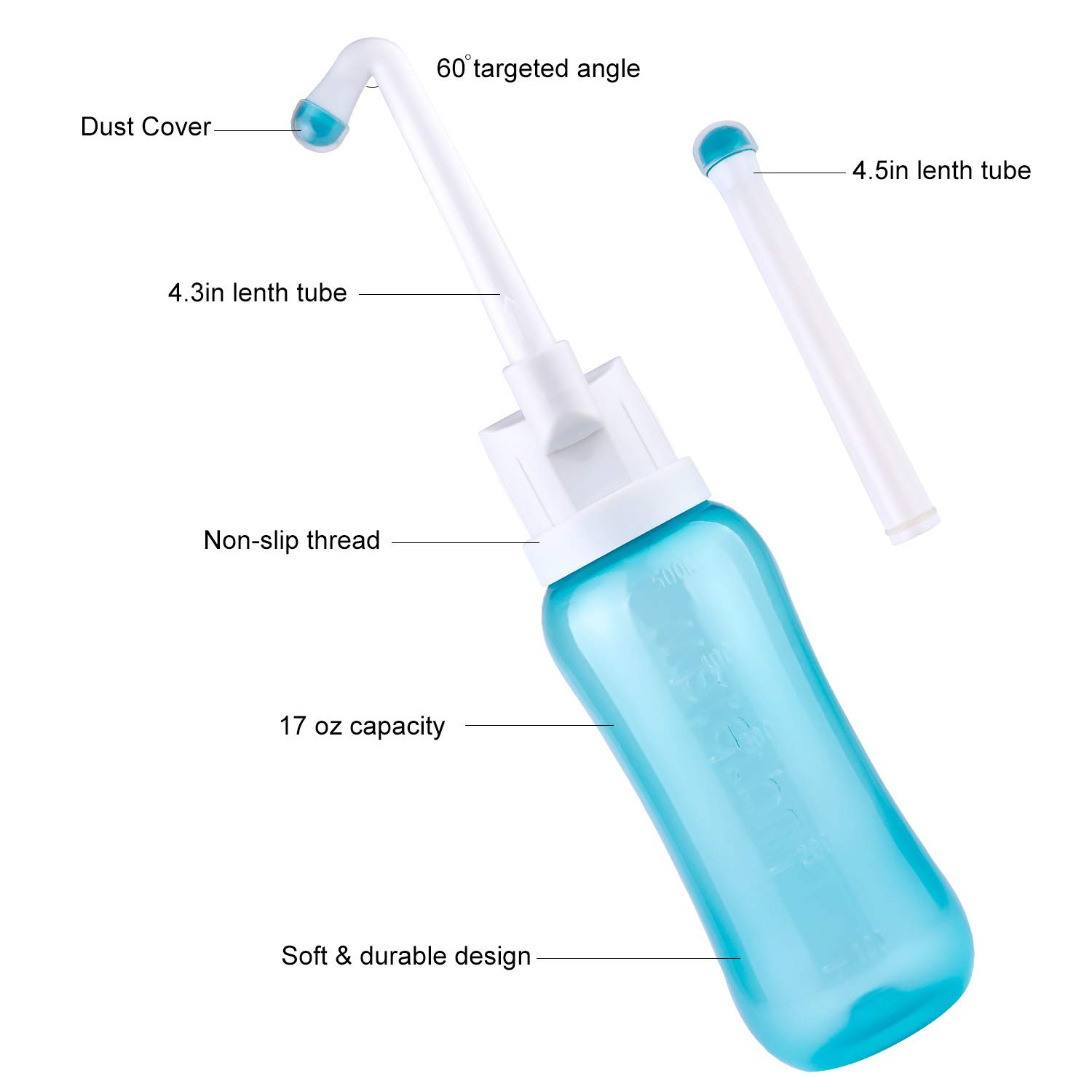 Later, the milk comes in droplets like colostrum, the child sucks it intermittently. Sometimes the mother at this moment thinks that the child is indulging and tearing him off the breast. You don’t need to do this. Let him let her go.
Later, the milk comes in droplets like colostrum, the child sucks it intermittently. Sometimes the mother at this moment thinks that the child is indulging and tearing him off the breast. You don’t need to do this. Let him let her go.
Breast milk is the best food for a baby!
- After the baby has had enough, the mother should carefully feel the mammary gland. If the breast is soft and there is no soreness and seals anywhere, then pumping is not necessary. If necessary, you can wash the mammary glands with warm water after feeding, starting from the nipple and ending with the armpit, and dry with a clean towel.
Very useful for breasts after childbirth and air baths, which are best taken after feeding, to give the breast a chance to rest, “breathe”. The duration of such an air bath may not exceed 15-20 minutes, but the benefits of it are enormous.
- The nipple should be carefully inspected daily, the surface of which should not be cracked, and as a preventive measure, leave a drop of milk on the nipple and let it dry in the open air.

Only breast milk should be used as the main and only product for feeding a newborn. The use of nipples, horns and “pacifiers” is unacceptable, as this leads to a weakening of sucking in newborns and, accordingly, to incomplete emptying of the mammary gland, a decrease in prolactin production.
Are you worried about the question – do I have enough milk?
To resolve this issue, you need to observe the child, if he urinates more than 6 times a day, then he receives a sufficient amount of milk. The reason for a decrease in the amount of milk can be:
– rare feeding break (3 or more hours)
– if you do not feed at night
– short feedings or by the hour
To increase the amount of milk, you need to rearrange the feeding regimen, feed often and for as long as you want child. Try to feed with one breast so that the baby sucks out milk later, you can strain the empty breast for 10 minutes, thereby increasing the flow of milk. It is necessary to improve the mother’s nutrition or use herbal teas to increase lactation.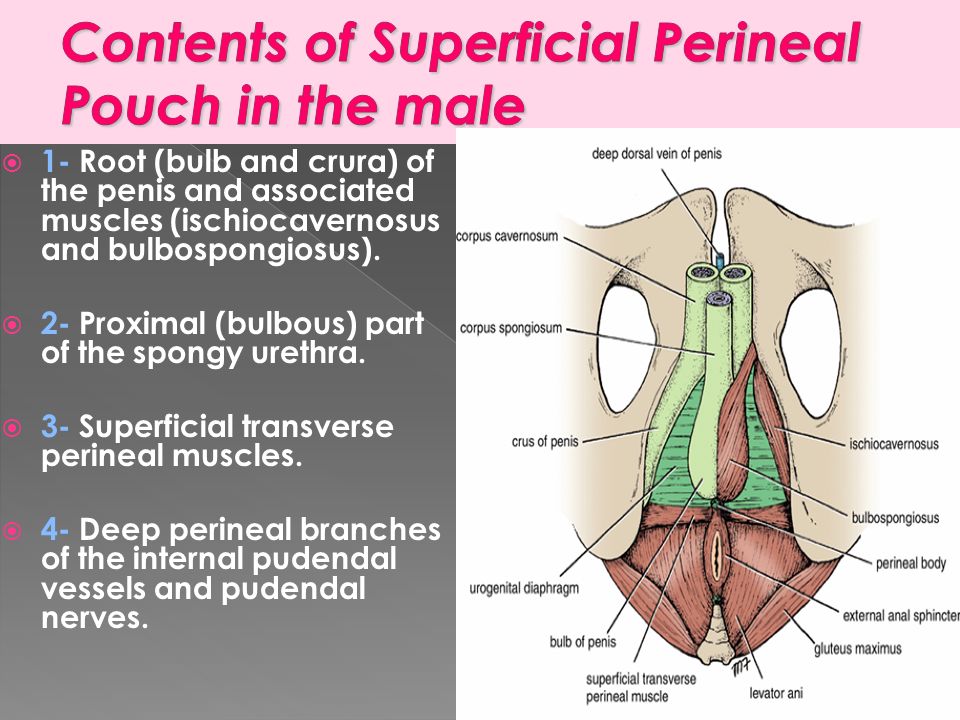
NUTRITION
Nutrition of a nursing mother should be high in calories (3200 kcal), balanced with the proper amount of proteins, fats, carbohydrates, vitamins and microelements. This diet will be dominated by lactic acid, protein foods, fresh fruits and vegetables. Food should be rich in vitamins and minerals. Spicy, fatty, fried, smoked foods, canned food, sausages, alcohol and potential allergens for the child (chocolate, citrus fruits, coffee) should be excluded from the diet.
The food of the puerperal should be 5-6 times a day. It is necessary to distribute products in the daily menu in such a way that those that are rich in protein and are much more difficult to digest in the gastrointestinal tract (meat, fish, cereals) would be used during the first half of the day, and in the second half it is advisable to give preference to milk. – vegetable food.
Conditions requiring special attention
Unfortunately, the first month after childbirth does not always go smoothly. Situations may arise, when medical attention is needed . Monitor your well-being, regularly measure your body temperature, as fever is most often the first sign of complications in the postpartum period.
Situations may arise, when medical attention is needed . Monitor your well-being, regularly measure your body temperature, as fever is most often the first sign of complications in the postpartum period.
All complications of the postpartum period can be divided into several groups:
1. Complications of the uterus.
Subinvolution of the uterus – a decrease in the rate of contraction of the uterus, due to a delay in the uterus of postpartum discharge. The disease often occurs 5-7 days after childbirth, due to the closure of the cervical canal with a blood clot or a piece of membranes, as well as the inflection of the uterus due to relaxation of the ligamentous apparatus.
Infection of the contents of the uterus can lead to inflammation of the uterine mucosa – endometritis. Predisposing factors for the occurrence of endometritis are difficult childbirth, violations of the separation of the placenta during childbirth, infections of the genital tract during pregnancy, impaired immunity, abortion. Symptoms of the disease are: fever, unpleasant odor in lochia, aching pain in the lower abdomen. If these symptoms appear, you should consult an obstetrician-gynecologist at the place of residence. To clarify the diagnosis, an ultrasound examination is performed and, if necessary, surgery, during which the contents are removed from the uterine cavity (washing or curettage of the uterus). After surgery, antibiotics must be prescribed.
Symptoms of the disease are: fever, unpleasant odor in lochia, aching pain in the lower abdomen. If these symptoms appear, you should consult an obstetrician-gynecologist at the place of residence. To clarify the diagnosis, an ultrasound examination is performed and, if necessary, surgery, during which the contents are removed from the uterine cavity (washing or curettage of the uterus). After surgery, antibiotics must be prescribed.
2. Breast complications.
Laktostasis – stagnation of milk in the mammary gland. At the same time, the chest swells and becomes painful, foci of seals appear, a short-term rise in body temperature is possible. In itself, lactostasis is not a disease, requiring only gentle pumping of the breast, restriction of fluid intake, and frequent feeding of painful breasts. However, when an infection joins, it turns into lactational mastitis, requiring immediate medical attention , antibiotic therapy, and sometimes surgery.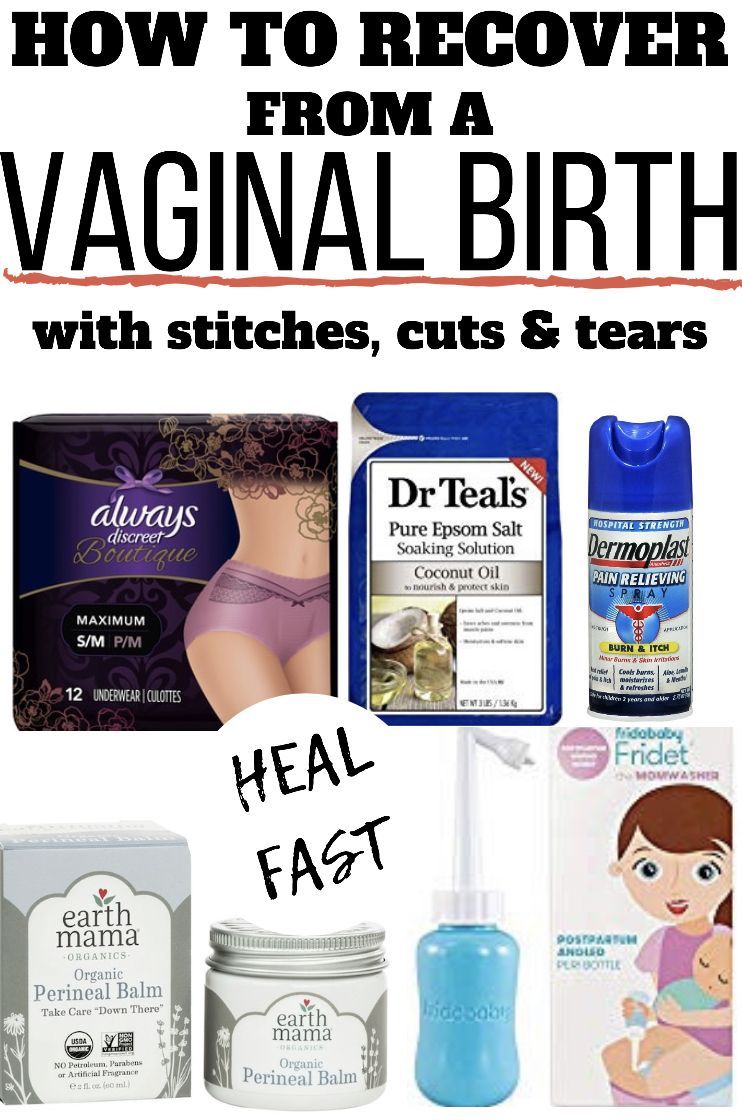 The question of the possibility of breastfeeding with mastitis is decided individually, depending on the stage of the disease.
The question of the possibility of breastfeeding with mastitis is decided individually, depending on the stage of the disease.
Another complication of the breast is the appearance of cracks in the nipples. The main reason for their appearance is improper attachment of the baby to the breast, when the baby captures only the nipple, and not the entire areola. Such a seizure is very painful for the mother – and this is the main danger signal. Breastfeeding doesn’t have to be painful. Good advisory and practical help for lactostasis and cracked nipples is provided by breastfeeding consultants. Treatment of cracks consists in treating the nipple with wound healing drugs.
Hypogalactia – insufficient milk production. In order to increase the amount of milk, a mother needs to increase the frequency of feedings, not skip night feedings, offer her baby both breasts in one feeding, drink more, eat well and sleep a lot.
3. Complications from the tissues of the cervix, vagina and skin.
Inflamed wounds of these tissues are called postpartum ulcers. When an infection is attached, these wounds swell, become covered with a purulent coating, and their edges are painful. For the purpose of treatment, they are treated with various antiseptics, sometimes they require surgical treatment.
4. Complications of the venous system.
Hemorrhoids (varicose veins of the rectum) also cause pain. When infringed, they increase, become swollen, tense and painful. Thorough hygiene helps to reduce pain (shower after each visit to the toilet), applying ice to the perineum. Certain medications can be used as prescribed by a doctor.
Thrombophlebitis is a disease of the veins characterized by inflammation of the venous wall and thrombosis of the vein. After childbirth, thrombophlebitis of the pelvic veins most often occurs. Usually this disease occurs in the third week after childbirth. In terms of symptoms, it is very similar to endometritis, but requires a different treatment.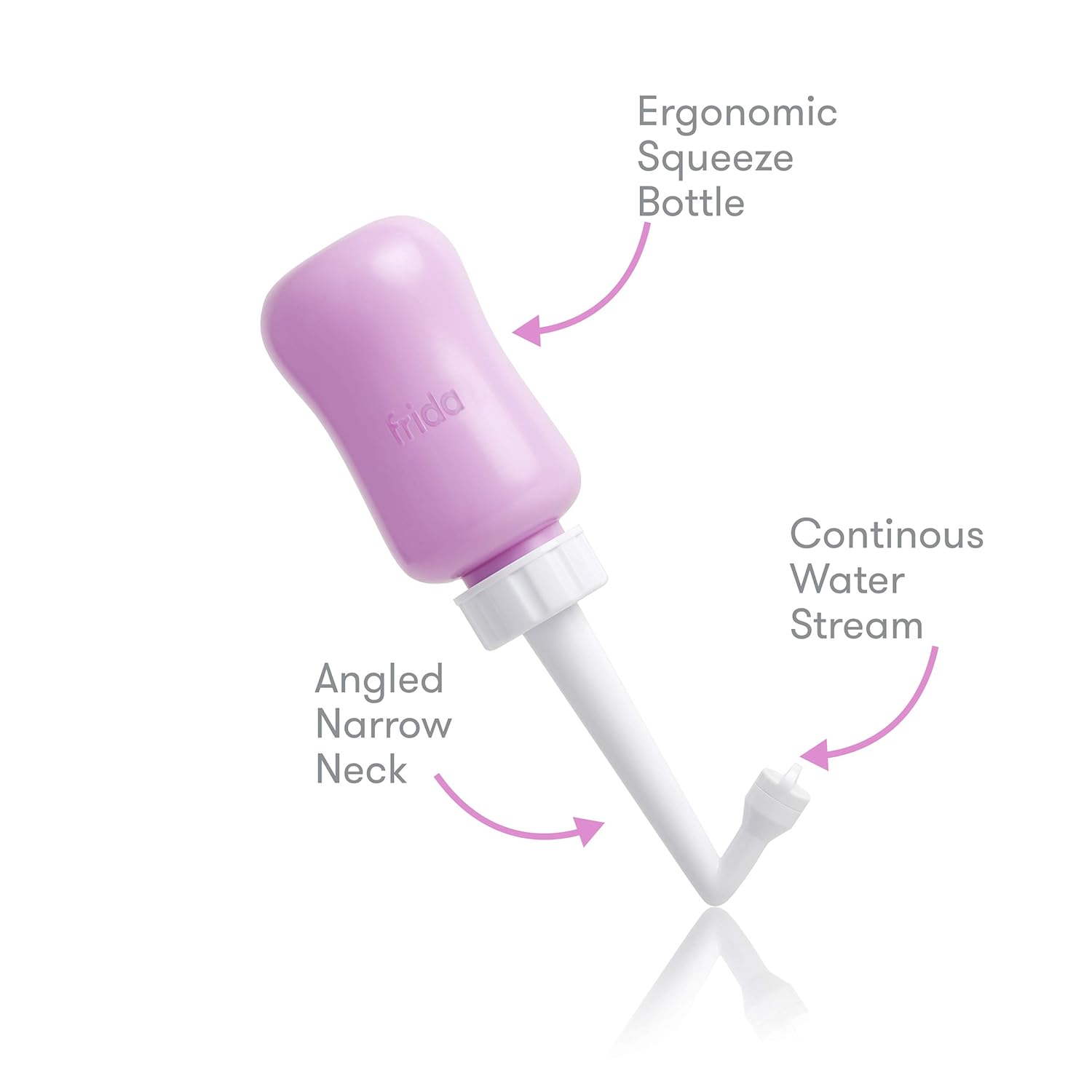 Surgeons are involved in the treatment of complications from the venous system.
Surgeons are involved in the treatment of complications from the venous system.
Complications after childbirth require immediate treatment, as they can lead to a generalization of the process – postpartum peritonitis or sepsis. Therefore, if something bothers you in your condition, be sure to consult a doctor.
You must come to the antenatal clinic for the first time 10 days after discharge from the maternity hospital.
We wish you a safe postpartum period with our advice.
Raevskaya Zh.G. – head. Obstetrics and Physiology Department of ME “GKRD No. 2”
Postpartum period. Hygiene.
After childbirth, a woman is very vulnerable to infections, because the internal genital organs are essentially one big wound. In order to avoid the threat of various kinds of complications, it is very important for the puerperal to follow the rules of intimate hygiene.
It is believed that the postpartum period lasts from 6 to 8 weeks and ends when the woman’s body returns to the state it was in before pregnancy.
Features:
• Firstly, there is an extensive wound surface in the uterine cavity – this is the place where the placenta was attached (placental platform). This wound, like any other (for example, a cut on a finger), easily becomes inflamed when microbes enter it. Discharge from the uterine cavity is nothing more than a wound discharge.
• Secondly, the cervix, which during childbirth served as the “gate” through which the baby was born, remains ajar for a long time in the postpartum period. Immediately after birth, the cervical canal freely passes the hand, a day after birth – 2 fingers, after 3 days – 1 finger, after 10 days the cervical canal already passes the dome of the finger, completely closing 3 weeks after birth. That is, the passage to the wound for microbes in the first days after childbirth is open.
• Thirdly, in the postpartum period, an alkaline reaction prevails in the vagina (this is due to the fact that lochia have an alkaline reaction), while in the normal state the vaginal environment has an acidic reaction, which is an effective barrier to foreign agents. In a young mother, this protective factor does not work.
In a young mother, this protective factor does not work.
• Fourthly, puerperas have reduced immune (protective) forces, since in addition to the natural suppression of immunity during pregnancy, the body is affected by birth stress, powerful hormonal changes, as well as blood loss, inevitable in childbirth.
• Fifth, the presence of sutures placed on soft birth canal ruptures is also a risk factor for infection. It should be noted that if there were no obvious ruptures of the cervix, vagina and perineum during childbirth, which required suturing, any puerperal still has microcracks that can become the “entrance gate” for infection.
Rules for performing hygiene procedures:
• in the postpartum period (especially in the first 7-10 days after birth, until healing of wounds and microcracks of the birth canal will occur, and the stitches will not be removed if they were applied) it is necessary to wash after each visit to the toilet, as well as in the morning and evening before going to bed;
• you need to wash with warm water with clean washed hands in the direction from the perineum to the anus, so as not to bring the infection from the rectum into the vagina.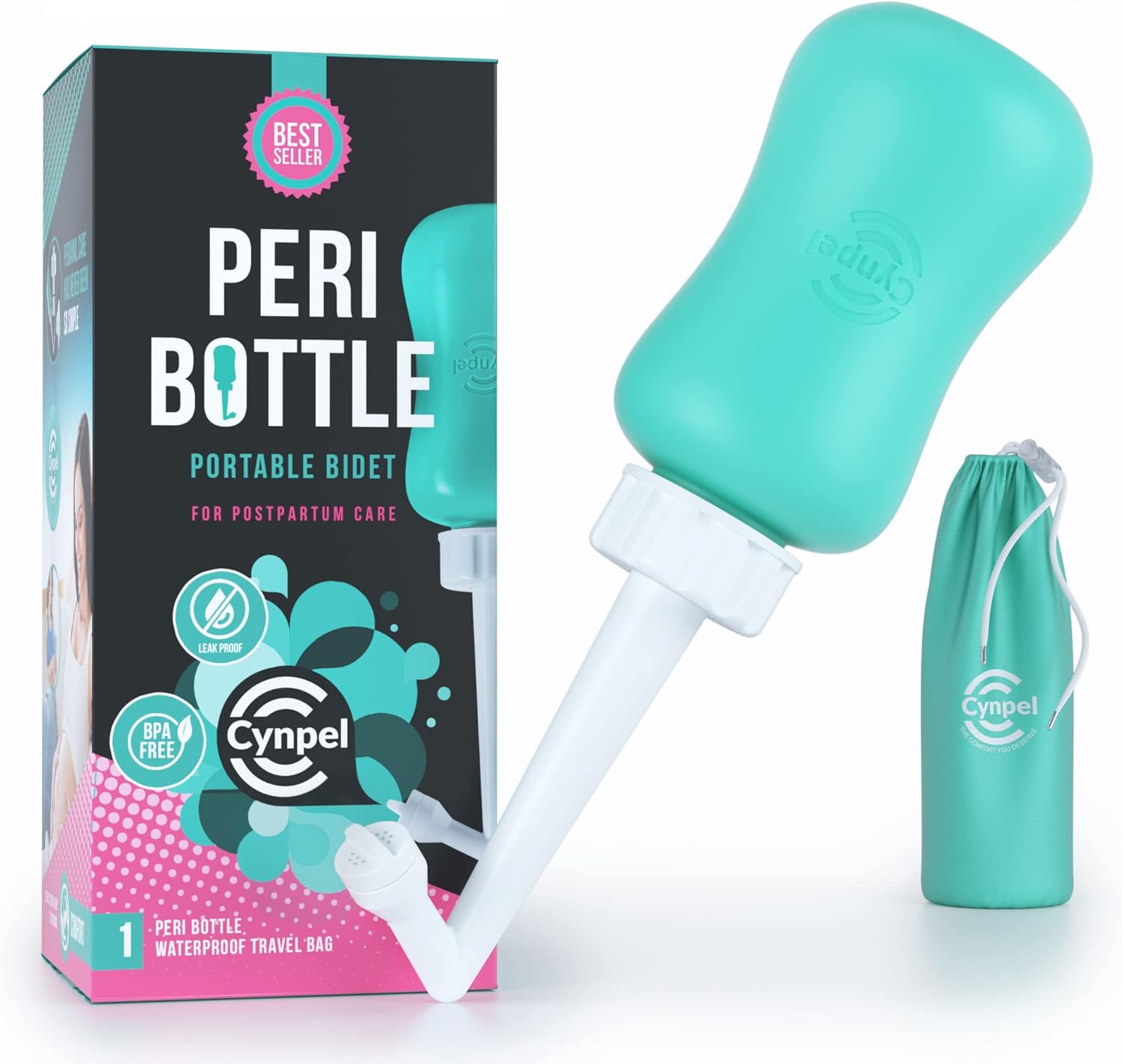 Hands should be washed before and after washing;
Hands should be washed before and after washing;
• Washing should be done in a strictly defined order: first the pubic area and labia majora, then the inner thighs, and lastly the anus area. The jet of water should be directed from front to back, without penetrating deep into the vagina, in order to avoid washing out the beneficial microflora of the vagina, which protects against the penetration of foreign agents;
• there is no need to use sponges, washcloths, since when washing with a washcloth, microcracks are formed that contribute to the penetration of infection;
• after washing, the skin of the perineum should be blotted with a towel intended purely for intimate hygiene, or for this purpose, use a cotton diaper, which must be changed daily, in the postpartum period, disposable towels can be used. The direction of the soaking movements should be the same as when washing – from front to back.
Intimate hygiene products
An important issue is choosing the right intimate hygiene product.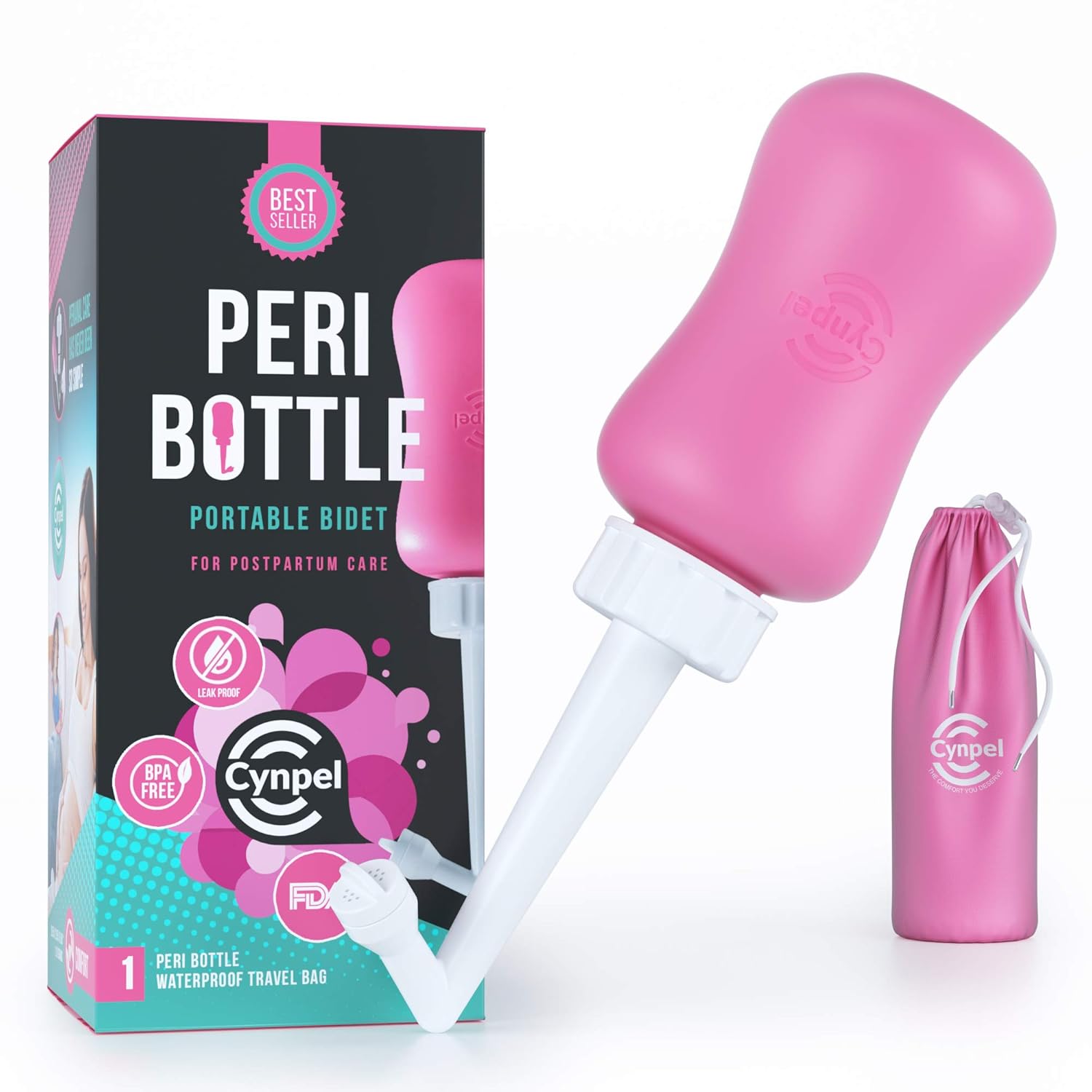 This tool should cleanse the skin well, without having an irritating effect, and also not cause allergic reactions. For hygiene in the postpartum period, you can use baby soap, for a short time (7-10 days) – soap with an antibacterial effect. Special means for intimate hygiene – various gels, foams, etc. can also be used after childbirth. Their positive qualities are the absence of an irritating effect on the skin due to neutral pH, a good cleansing and deodorizing effect, but the most valuable property of these products is antibacterial and anti-inflammatory protection. A means for intimate hygiene, as well as a means for a shower, you should choose a proven one, that is, one that did not cause allergies before pregnancy. The fact is that due to the restructuring of immunity after childbirth, the use of new hygiene products can cause an allergic reaction, even if you have never had an allergy in your life.
This tool should cleanse the skin well, without having an irritating effect, and also not cause allergic reactions. For hygiene in the postpartum period, you can use baby soap, for a short time (7-10 days) – soap with an antibacterial effect. Special means for intimate hygiene – various gels, foams, etc. can also be used after childbirth. Their positive qualities are the absence of an irritating effect on the skin due to neutral pH, a good cleansing and deodorizing effect, but the most valuable property of these products is antibacterial and anti-inflammatory protection. A means for intimate hygiene, as well as a means for a shower, you should choose a proven one, that is, one that did not cause allergies before pregnancy. The fact is that due to the restructuring of immunity after childbirth, the use of new hygiene products can cause an allergic reaction, even if you have never had an allergy in your life.
Linen
K there are two main requirements for underwear in the postpartum period – firstly, it must pass air well, and secondly, it must not fit too tightly to the skin so as not to create a “greenhouse effect”, not to injure additionally, especially the seams.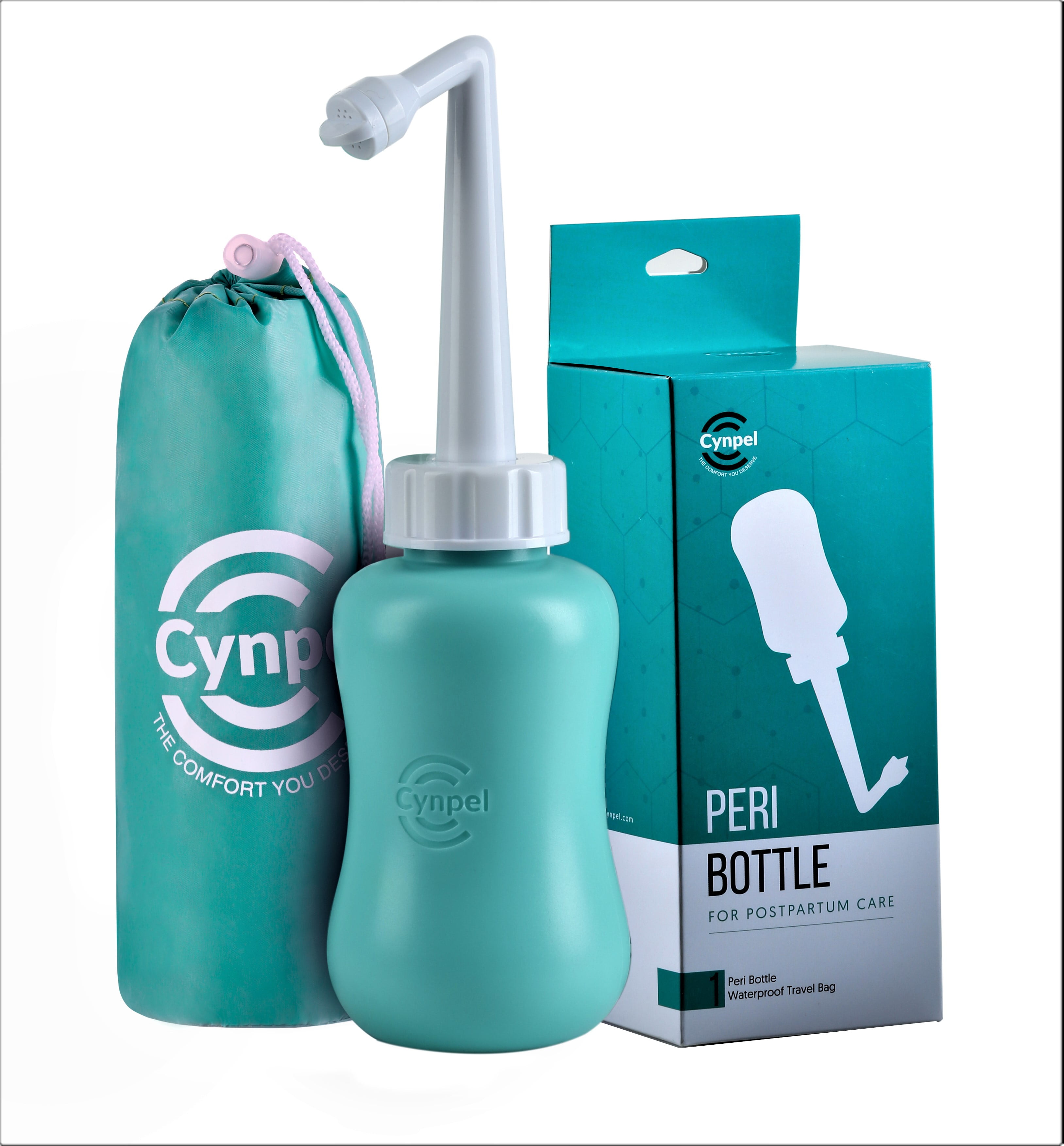
The presence of sutures on the cervix, vagina, labia and perineum indicates an additional “entrance gate” for infection. If you have had stitches in the perineum, then it is not recommended to sit for 3-4 weeks, so that the stitches do not come apart, it is recommended to feed the child while standing or lying in bed. During the period of stay in the postpartum department, the midwife will process the sutures twice a day with a solution of brilliant green or iodine, with successful healing, silk sutures from the perineum will be removed on the 5th day of the postpartum period. When washing, there is also no need to use a sponge or washcloth, it is advisable not to touch the seams with your hands, just direct the shower jet to this area, and then gently blot the skin with a towel or diaper.
Delicate problems
In the first days of postpartum period, it is important to monitor the timely emptying of the bladder and rectum, since a violation of the emptying of organs adjacent to the uterus will interfere with its normal contraction, and therefore may complicate the course of the postpartum period.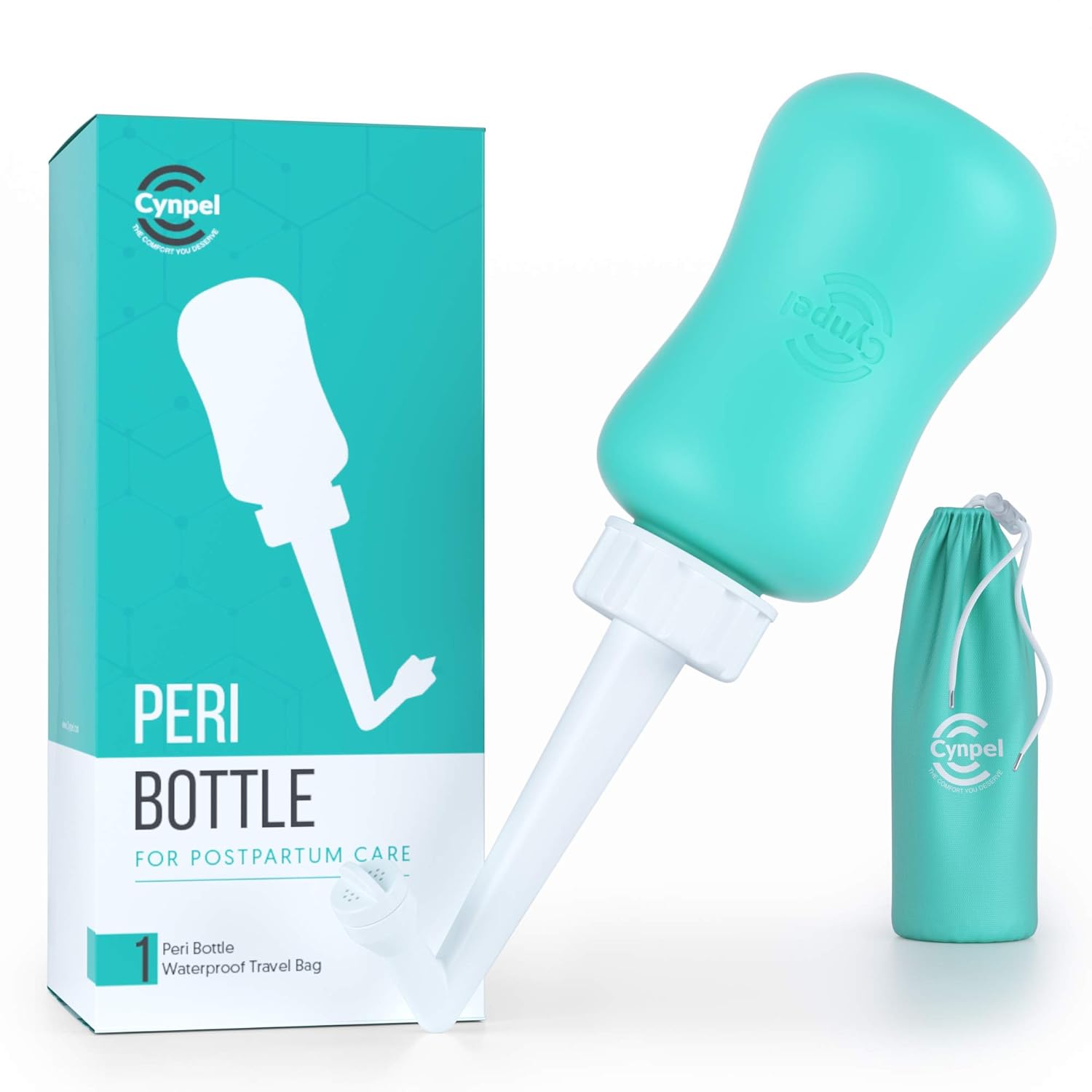
If you do not feel like urinating, empty your bladder every 3 hours. If you are unable to empty your bladder on your own, be sure to tell your doctor or midwife about it, in some cases you have to resort to drug therapy.
Occurrence or exacerbation of hemorrhoids, as well as constipation. It is necessary that the intestines empty 2-3 days after birth.
General hygiene with a baby who is still very vulnerable to infection. It is desirable to take a shower twice a day – in the morning and in the evening. Bed linen in the postpartum period must be changed at least every 5-7 days. In the postpartum department, there is an oilcloth on the bed, on top of which a diaper is laid, changed daily or as it gets dirty. The shirt should be cotton and should be changed daily. Towels for hands, mammary glands and intimate hygiene should be strictly individual. The mammary glands should be washed by hand, without the help of sponges and washcloths, no more than 2 times a day with baby soap.

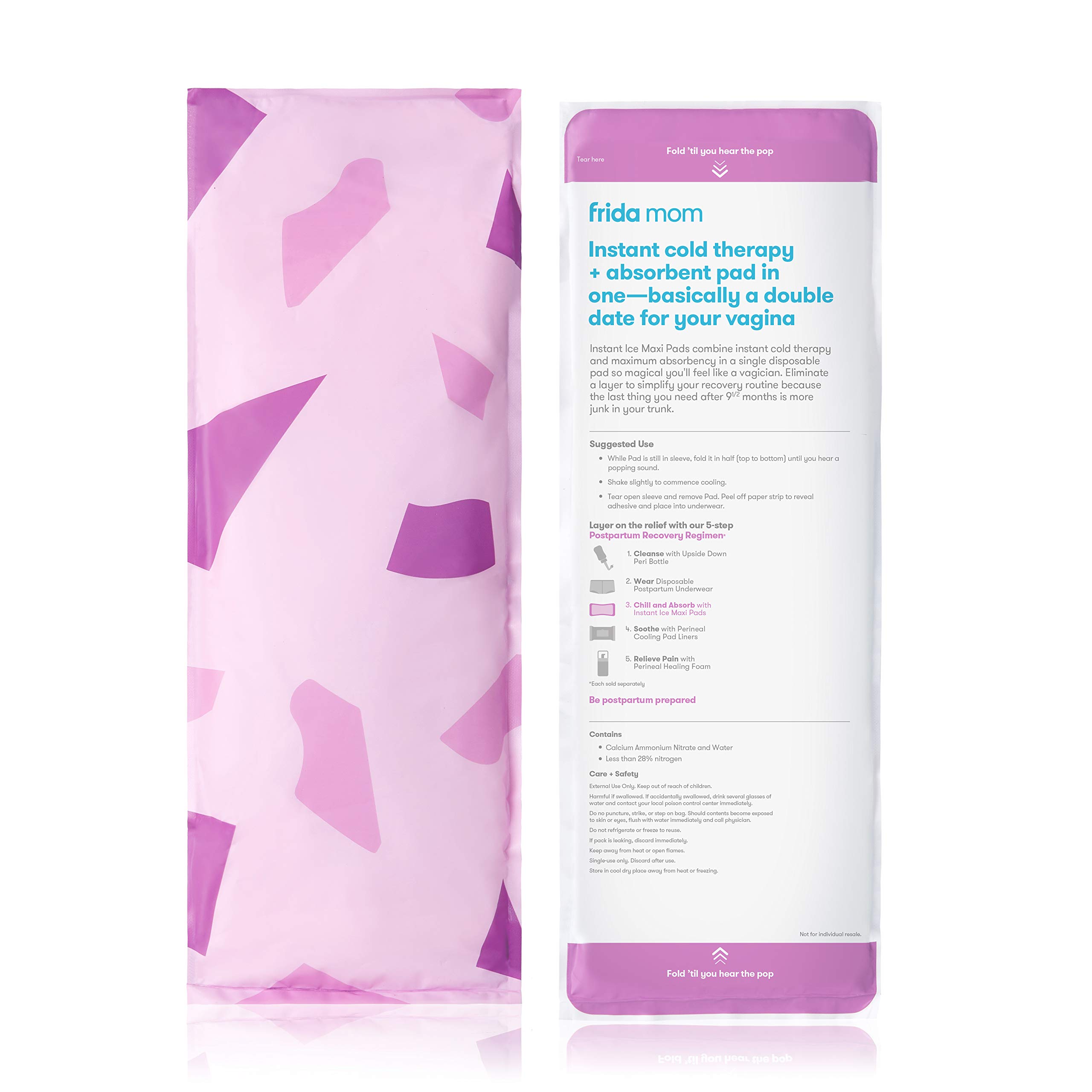
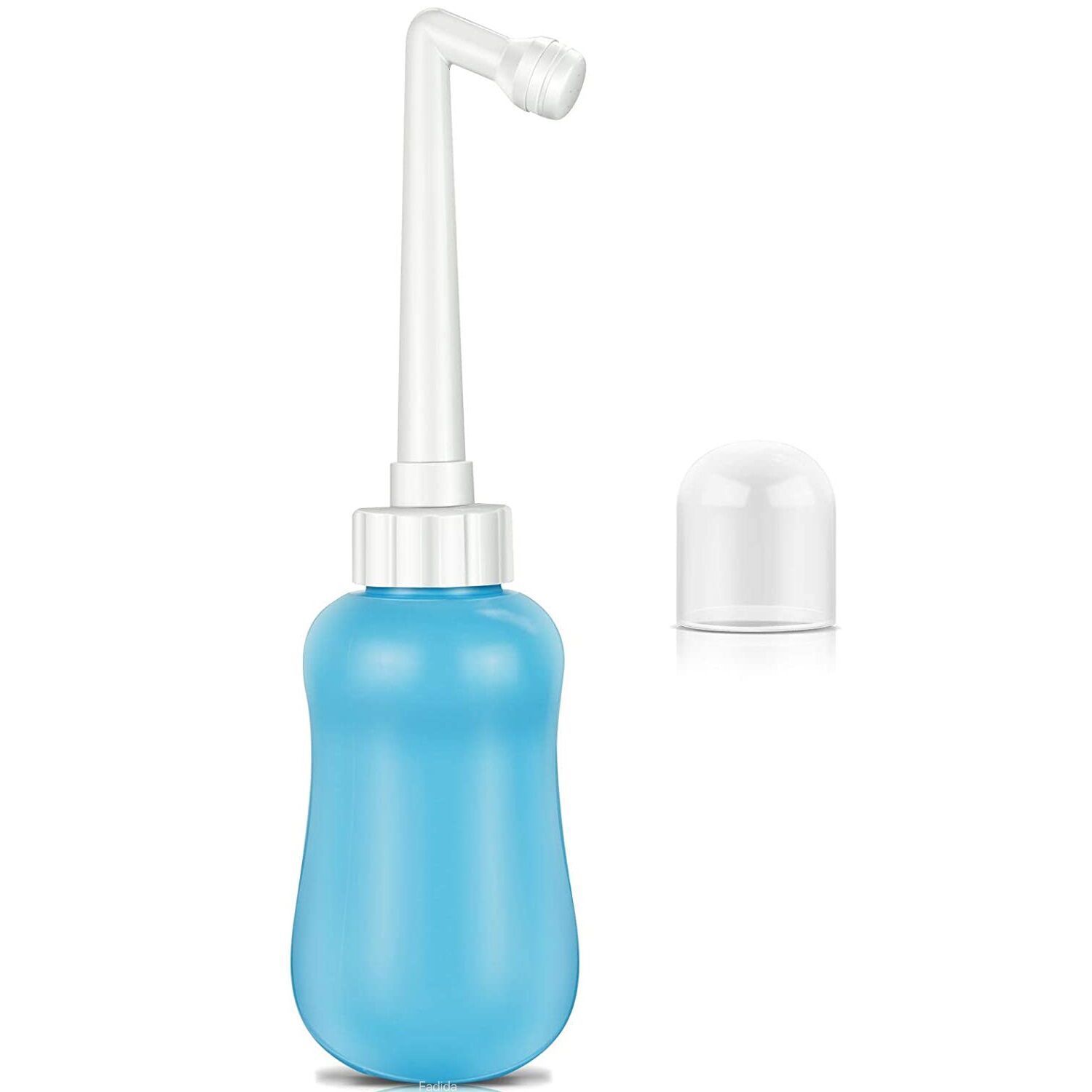
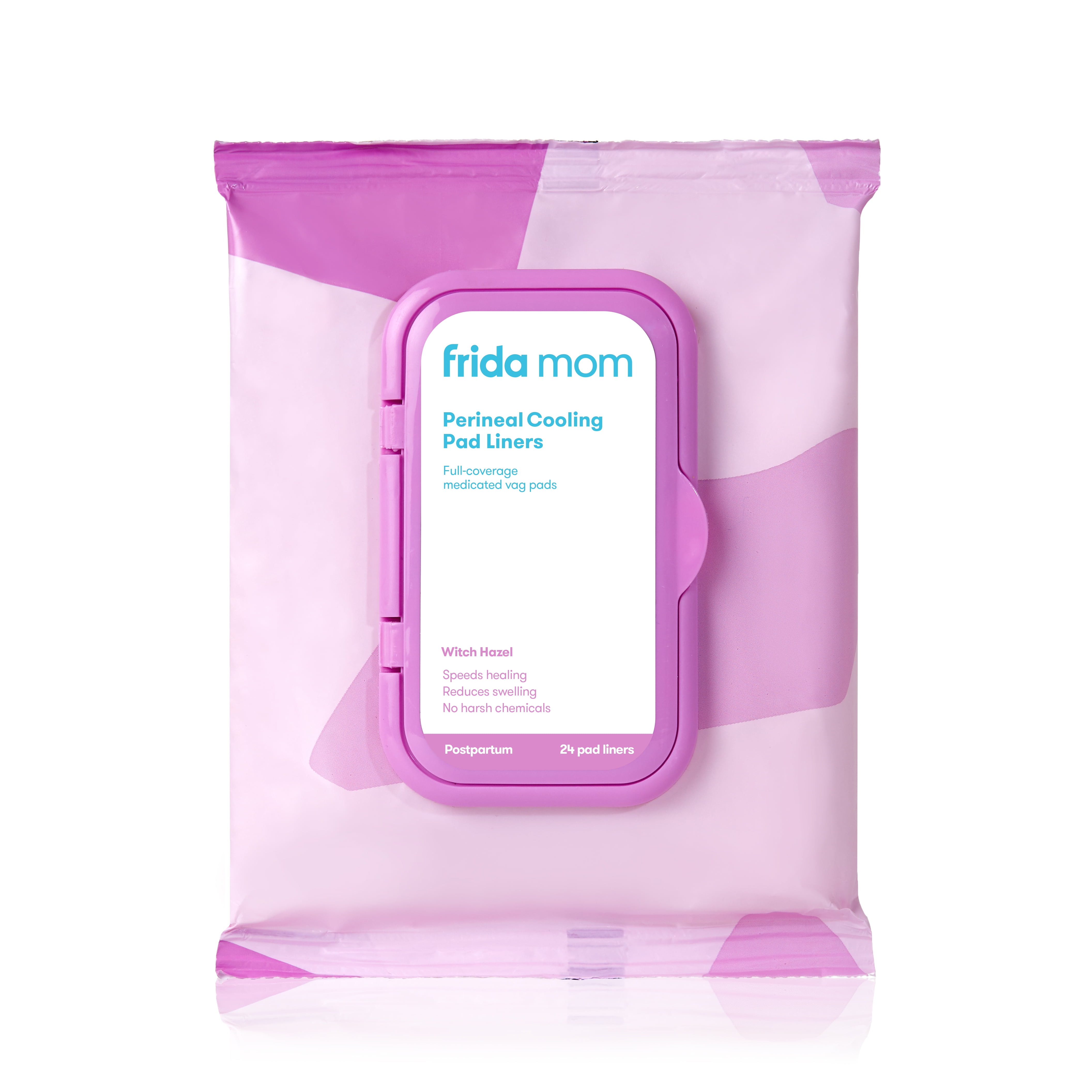
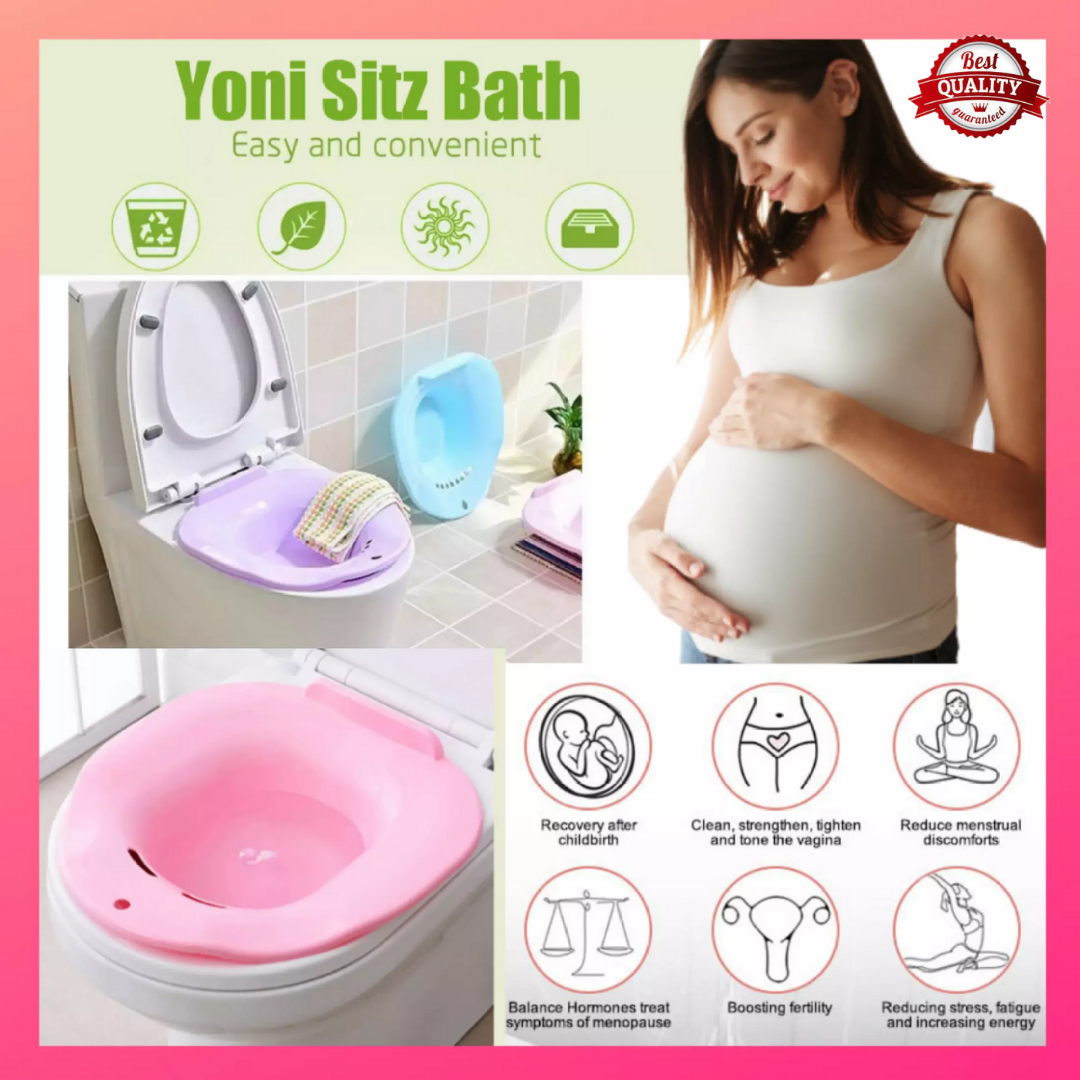

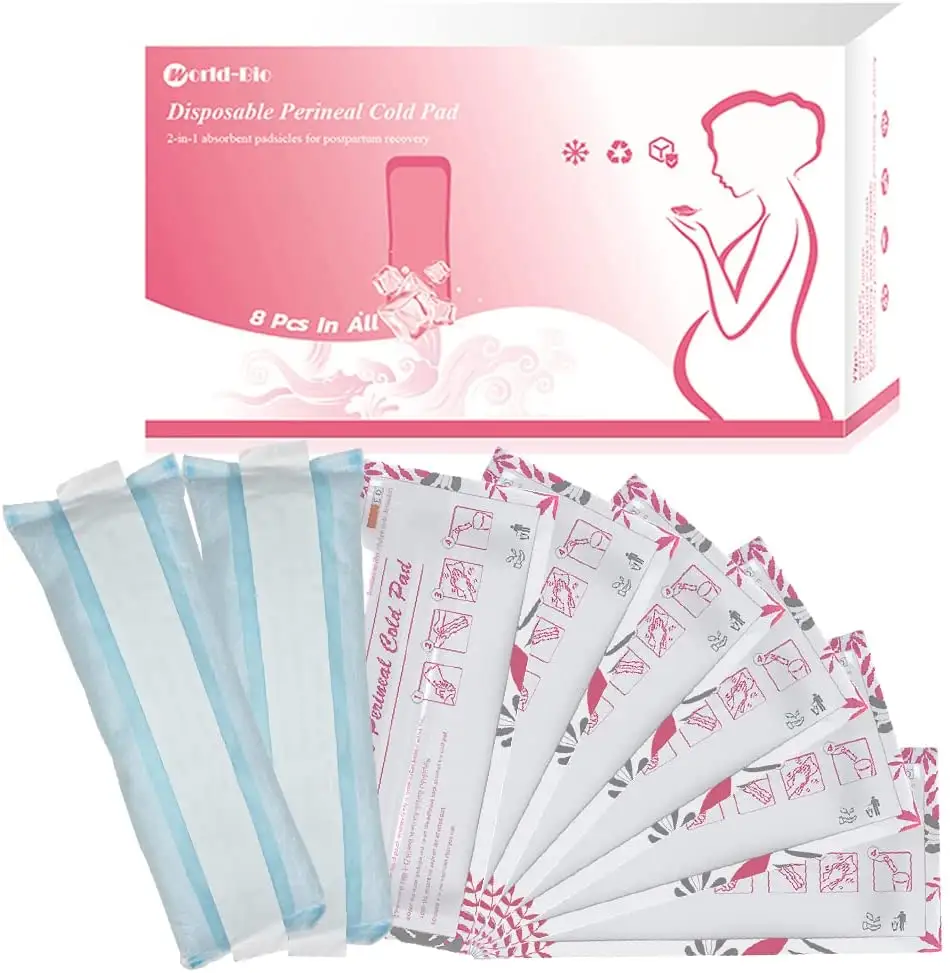 You should always ask them more questions if you do not understand or if you want more information.
You should always ask them more questions if you do not understand or if you want more information.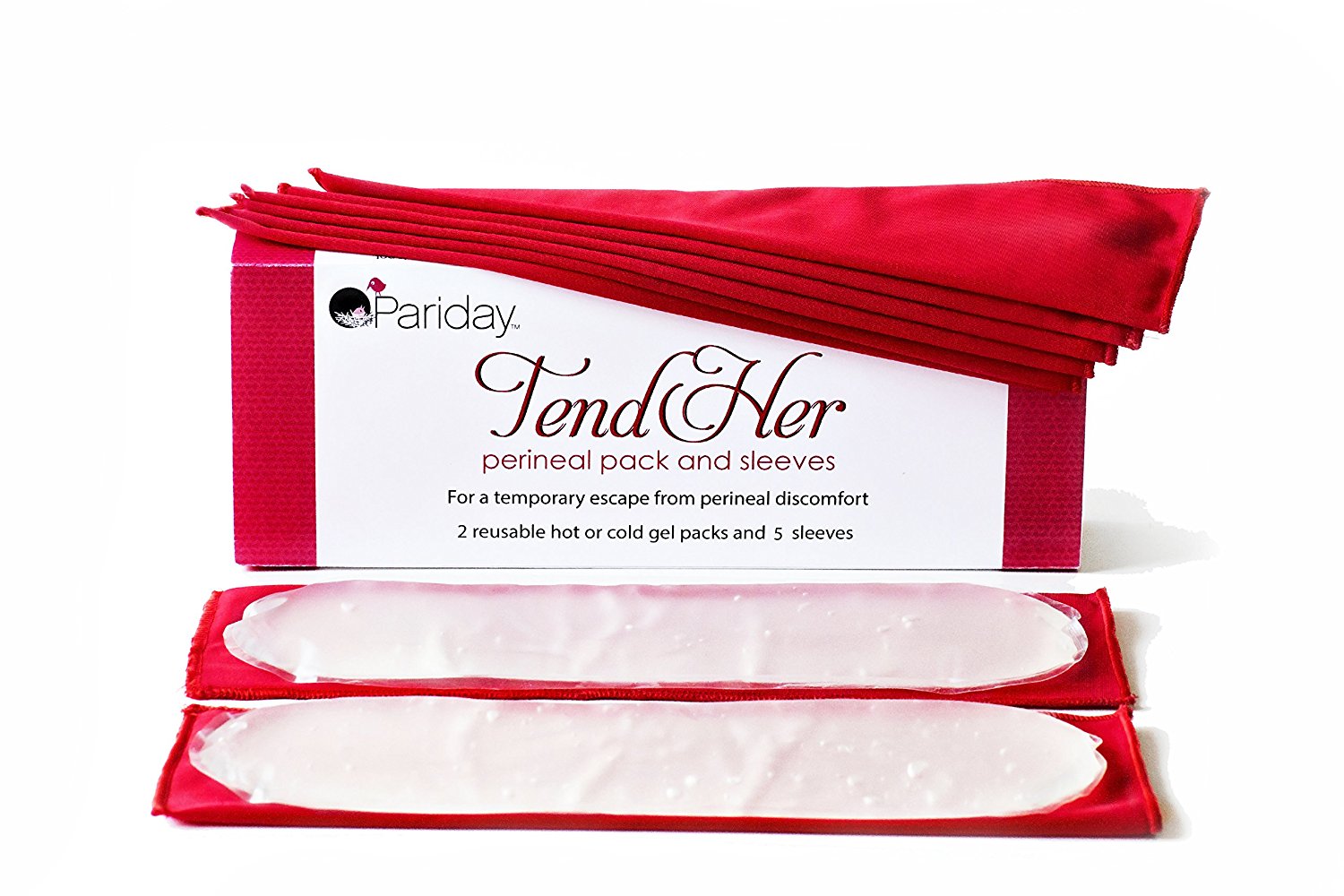
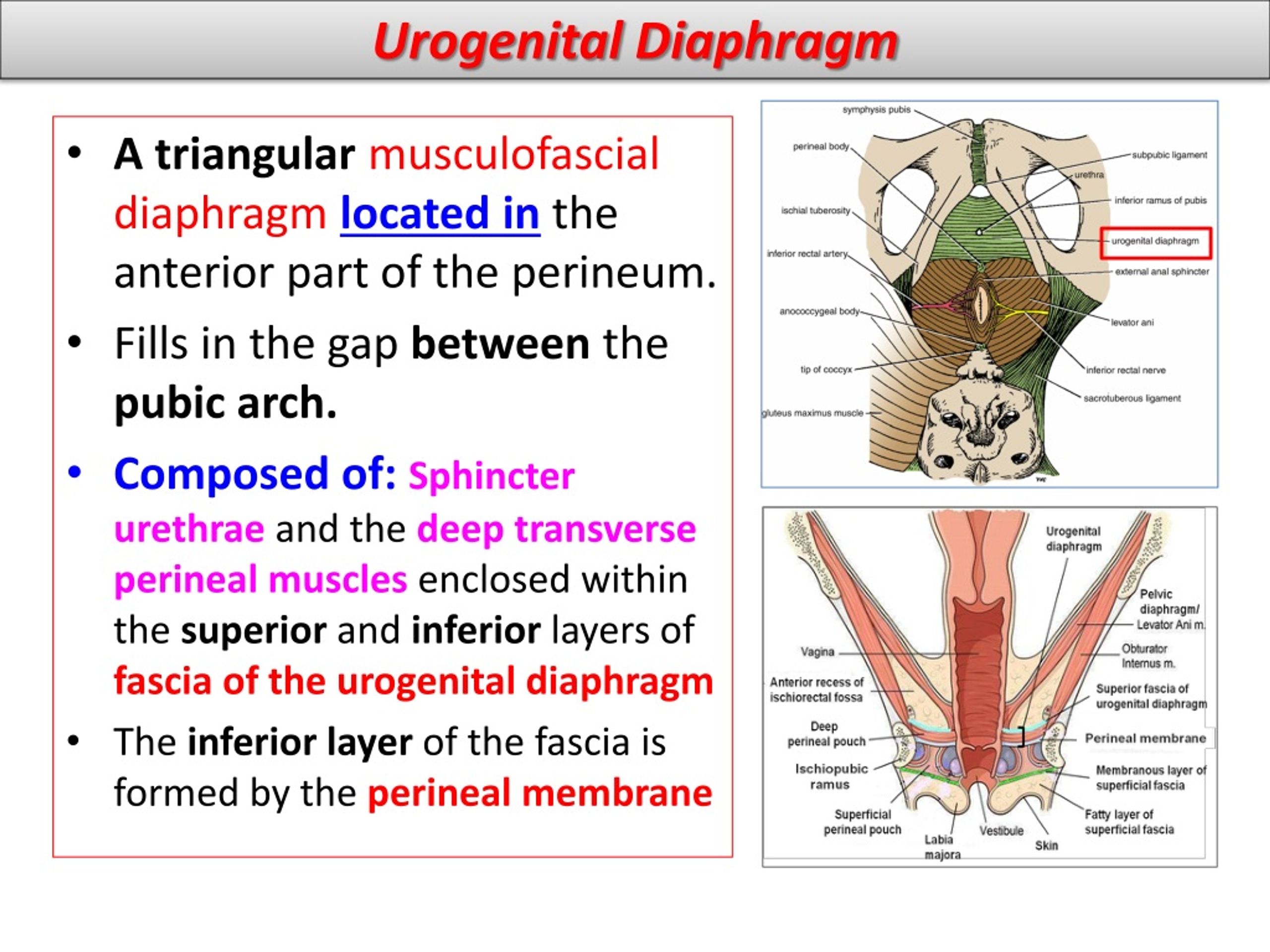
 At the same time, you can sit on the toilet already on the first day after childbirth. By the way, about the toilet. Many women are afraid of severe pain and try to skip bowel movements, as a result, the load on the muscles of the perineum increases and the pain intensifies.
At the same time, you can sit on the toilet already on the first day after childbirth. By the way, about the toilet. Many women are afraid of severe pain and try to skip bowel movements, as a result, the load on the muscles of the perineum increases and the pain intensifies.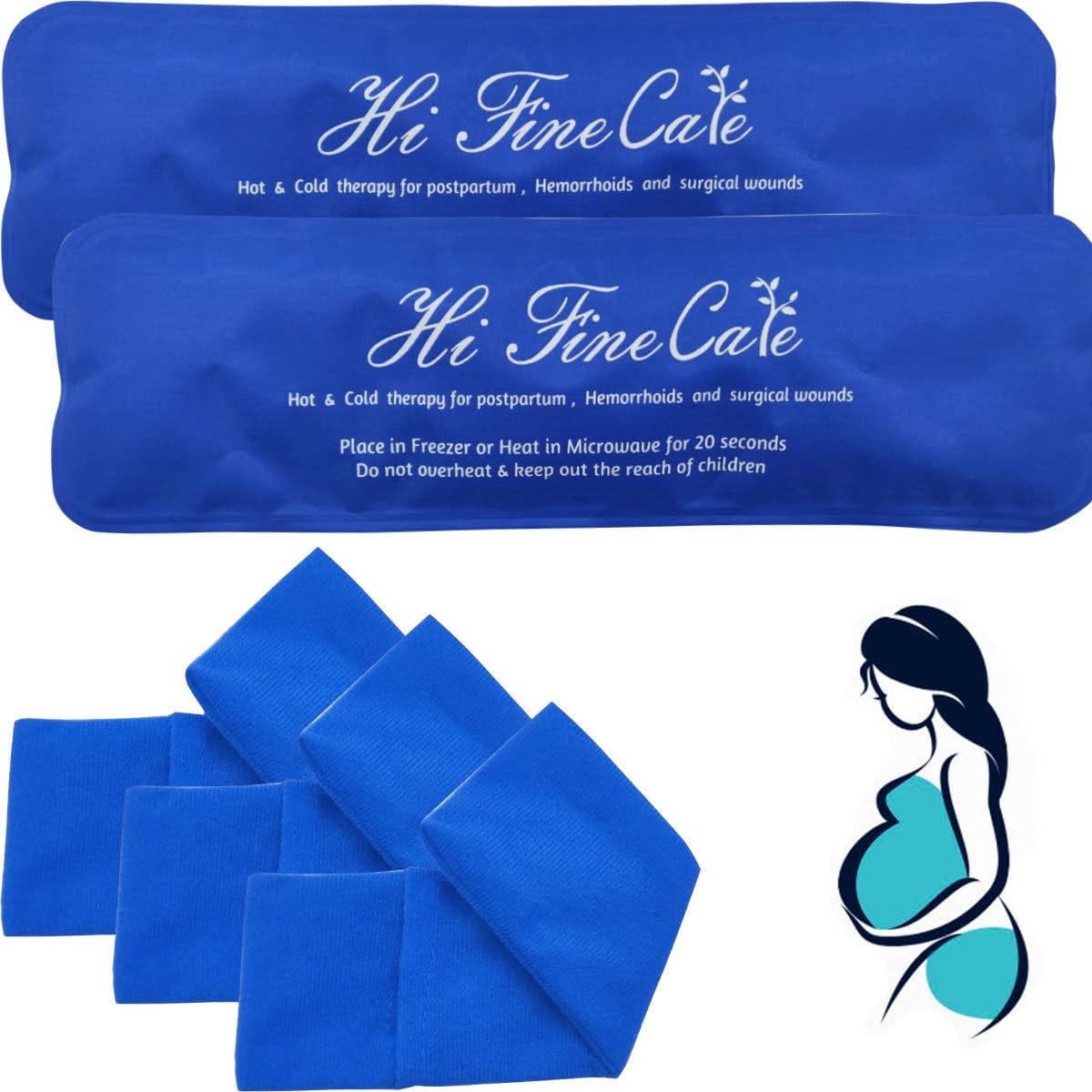 Young mothers are often interested in: will the seams come apart if you carry a baby in your arms? For the first 2-3 months after surgery, it is recommended to lift no more than your child’s weight.
Young mothers are often interested in: will the seams come apart if you carry a baby in your arms? For the first 2-3 months after surgery, it is recommended to lift no more than your child’s weight.